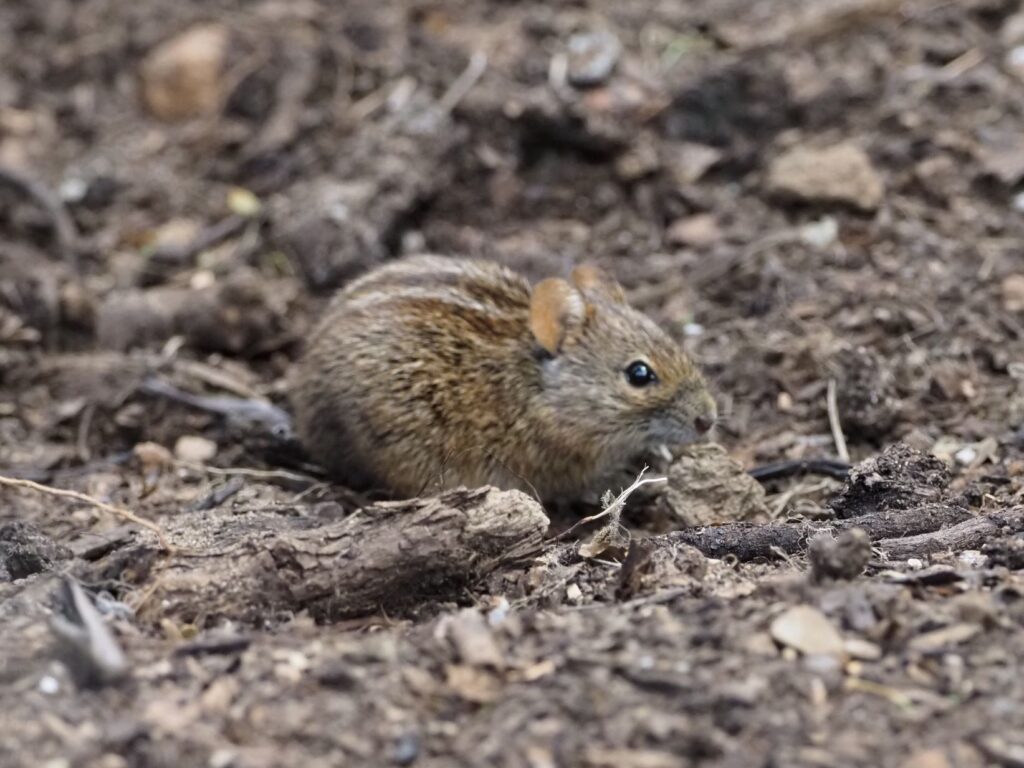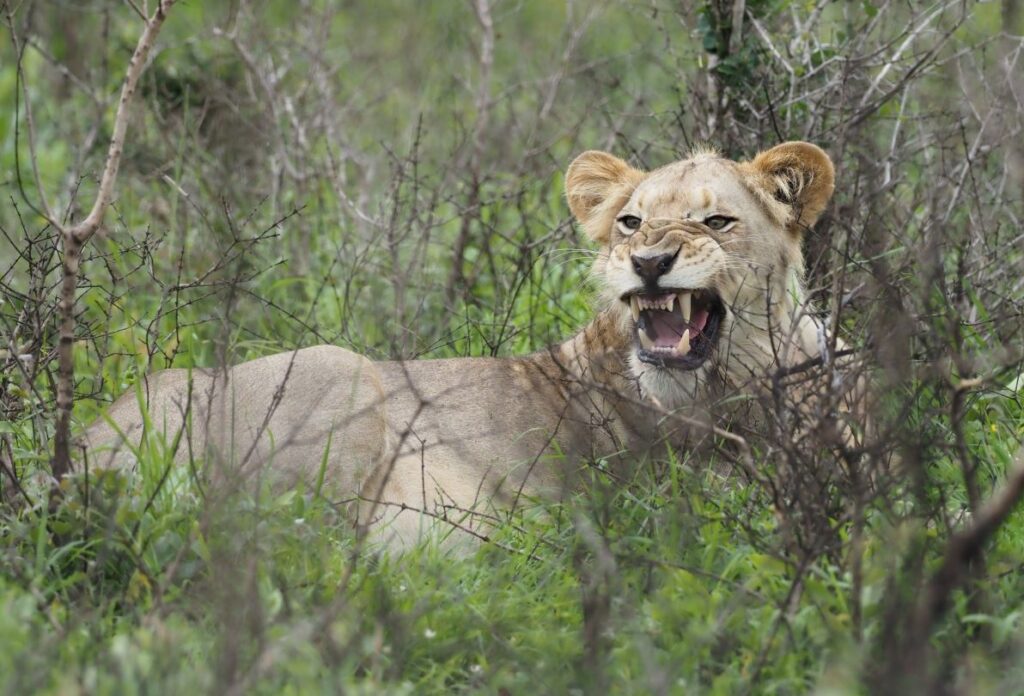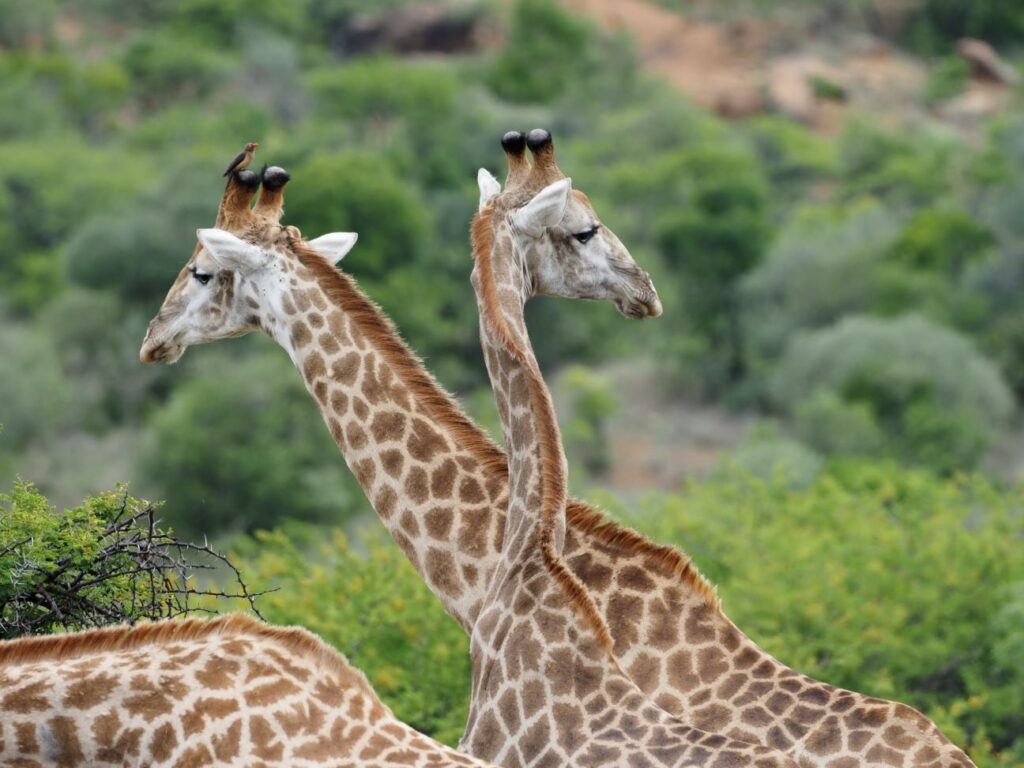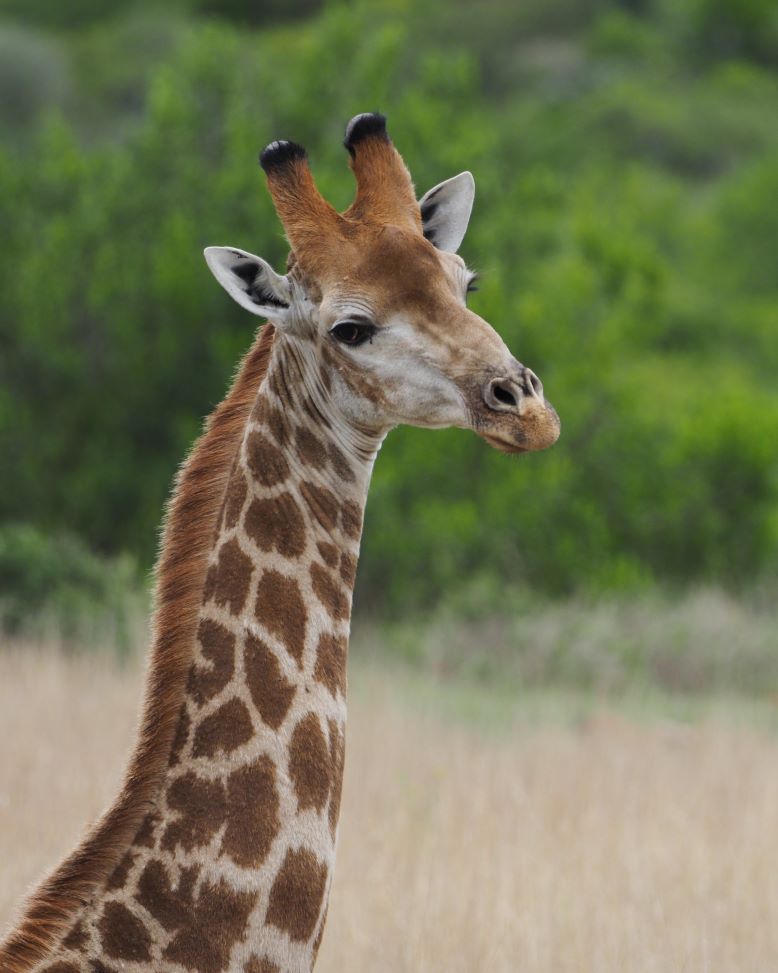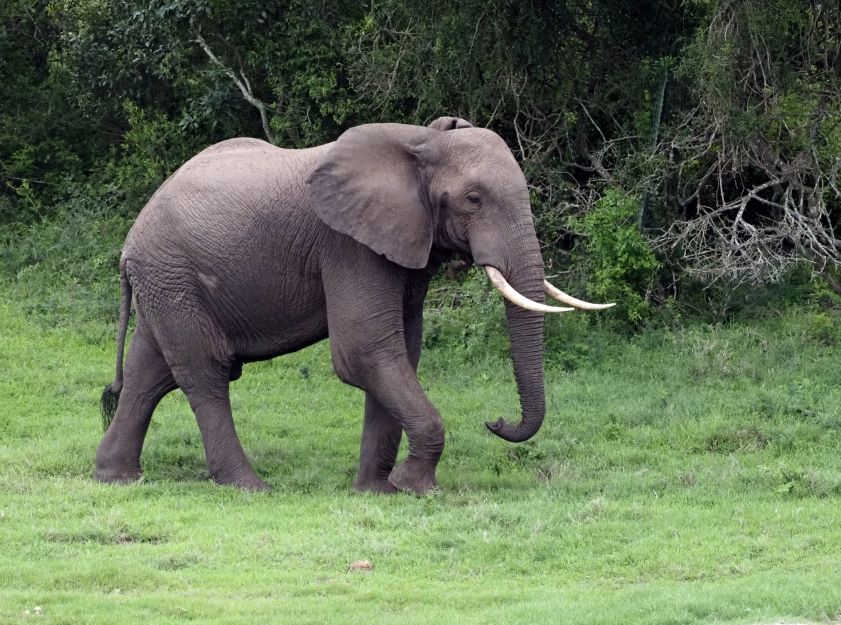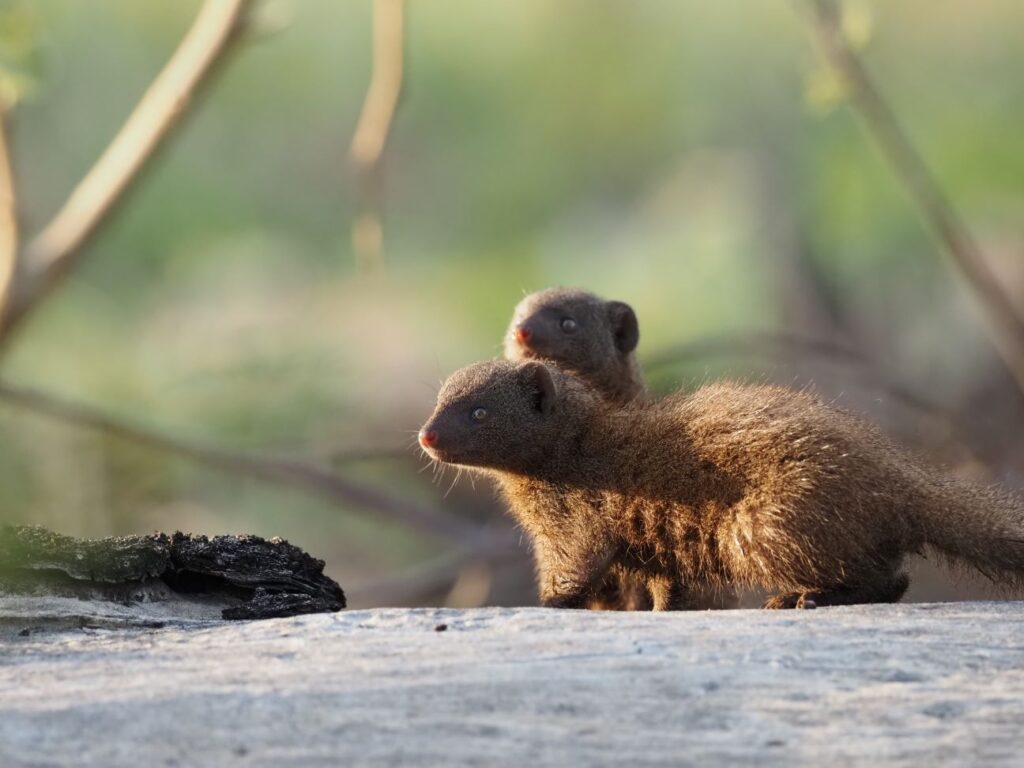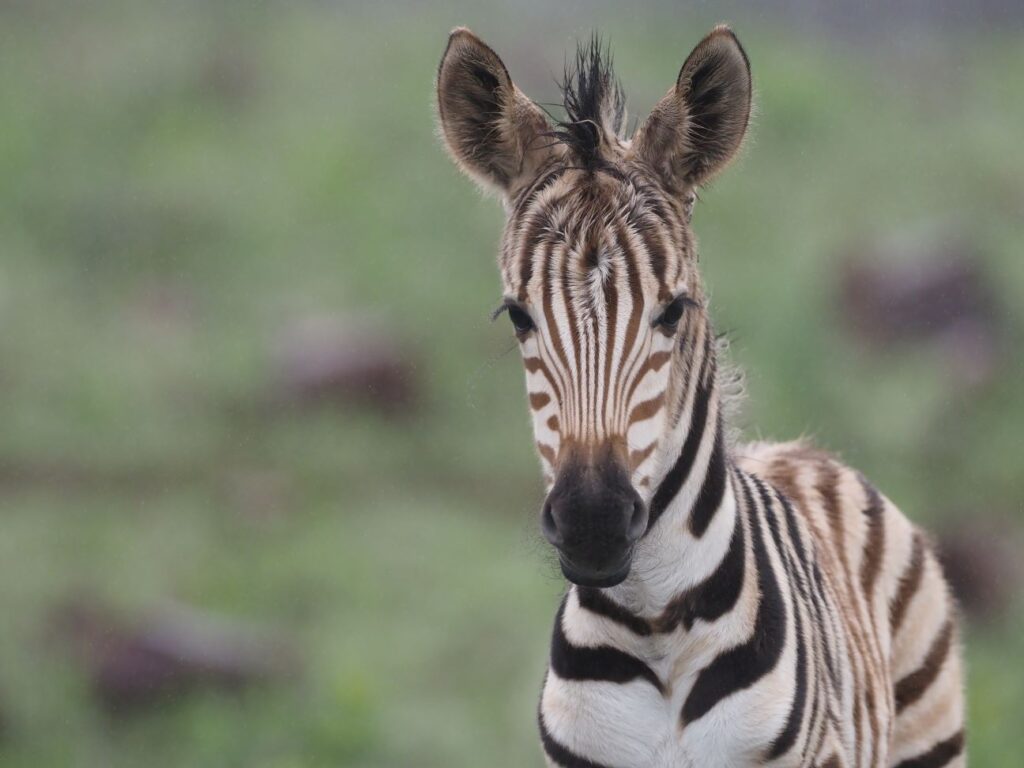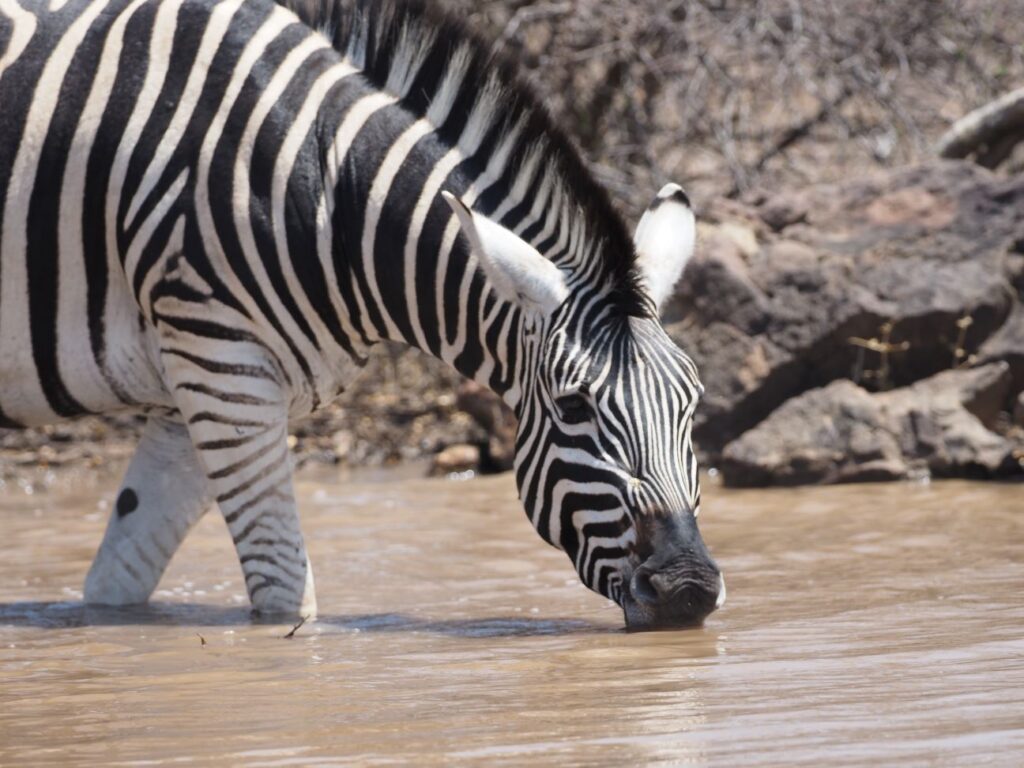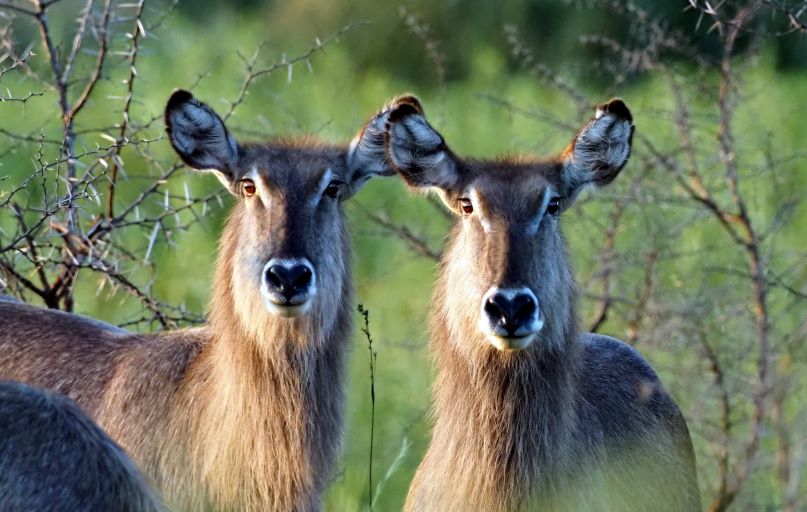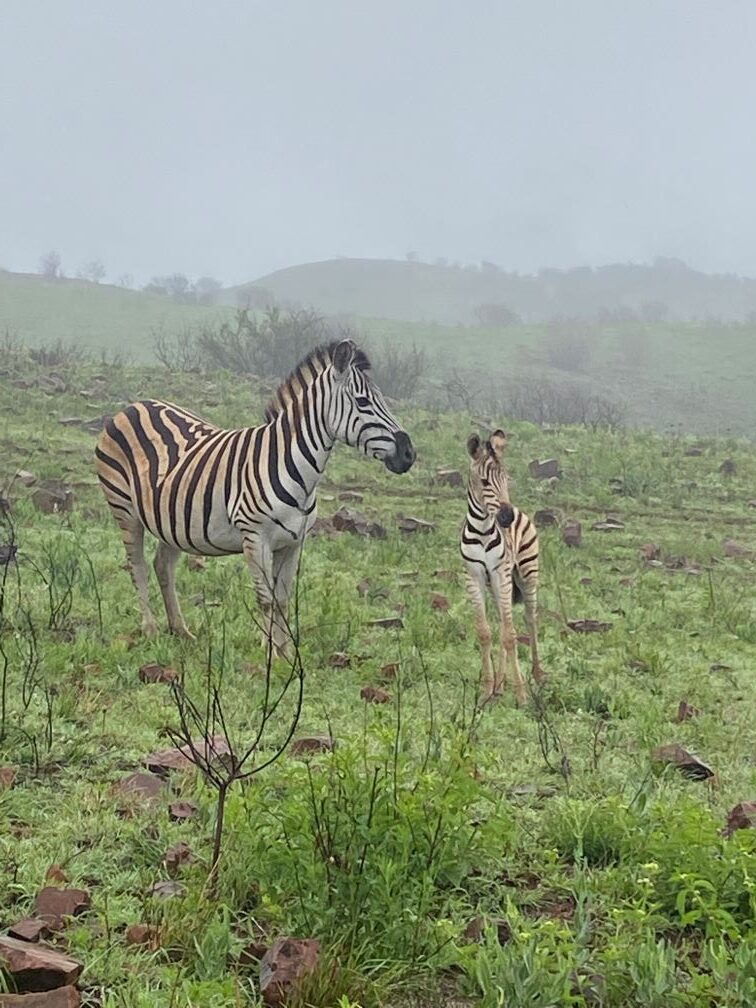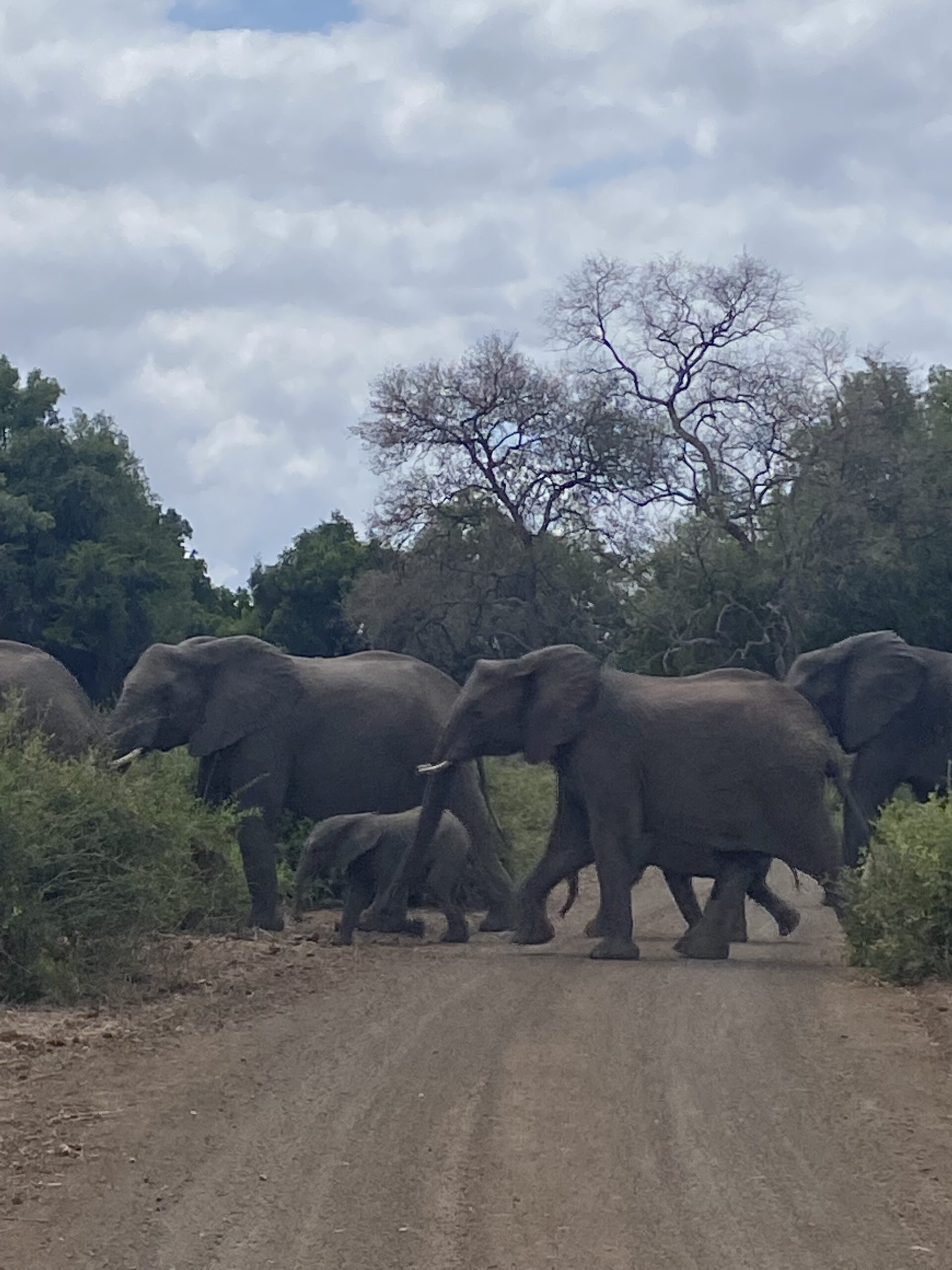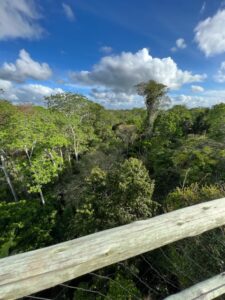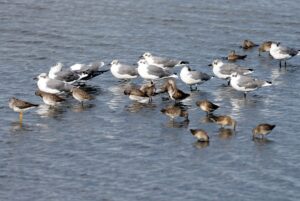October 25 -November 14, 2022
With Simon Thompson
Narrative and photos by Simon Thompson

After our long flights from the US we all met at the Africa Moon guesthouse in Johannesburg. It was good to relax for the evening before our first full day out on the African continent.
We met our local guide, Grant, at Rietvlei Nature Reserve early the next morning for our introduction into South African birding. Despite the fact that we were still seriously jet-lagged, we had a great morning acclimatizing ourselves to the suite of new African bird families. As well as the expected species of the area, we had both Lesser and Wahlberg’s Honeyguides, Crimson–breasted Gonolek, Rufous-necked Wryneck, a fly-by Little Bittern and a baffling selection of cisticolas. We also had our first mammals, including: African Buffalo, Blesbok and Black Wildebeest. Thanks to Bud for arranging this trip and to Grant for leading it.
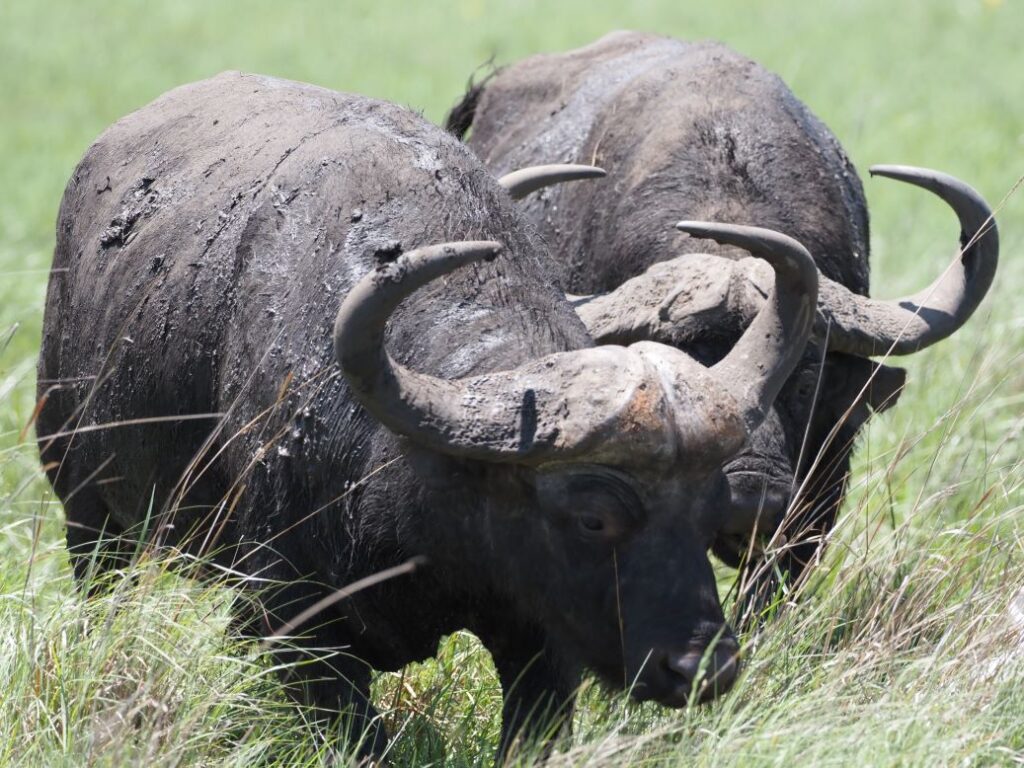
After a walk outside the well-fortified environs of Africa Moon, where we had our first Purple Heron, Gray Go-away Birds and Fiscal Flycatcher, we met Hayden, our guide for the next month and we were off. Our first stop was Walter Sisulu Botanical Gardens, always a beautiful spot to stroll through. Many of the migrant cuckoos had arrived in Southern Africa and both Dideric and Red–chested Cuckoos were soon to be everyday birds- and we would hear them constantly!

We left Jo’burg in the rain, and after a stop at a somewhat derelict-looking casino in NW Province, we drove north to our camp just outside Mapungubwe National Park. The cabins and old farmhouse at Kaoxa Bush Camp overlooked the arid bushland and the border with Botswana; the view was terrific. Our 2 nights at Mapungubwe were a great start to our South Africa tour. We cooked our own meals, had to open and close the gates (watching out for lions!) and explored the adjacent National Park. Some of the Baobabs were blooming in the dry country and the one by the entrance gate was a mass of bird activity with Red–headed Weavers, Mariqua Sunbird and the very cool Burnt–neck Eremomela, all enjoying the nectar in the flowers. We spent the day exploring the park, seeing a great selection of the more common mammals and even looking across the international borders into Botswana and Zimbabwe to see if we could add a few birds! We were lucky enough to see one of the park’s most enigmatic birds – the Pel’s Fishing–Owl. With the quiet, unobtrusive behavior of this species we would never have found it roosting in the dense vegetation, but thankfully one of the local rangers knew where one was hiding, so we had great views of it high in a tall fig tree along the river. Other good birds included a pair of Burchell’s Sandgrouse, Kori Bustard and the super attractive Mocking Cliff–chat.
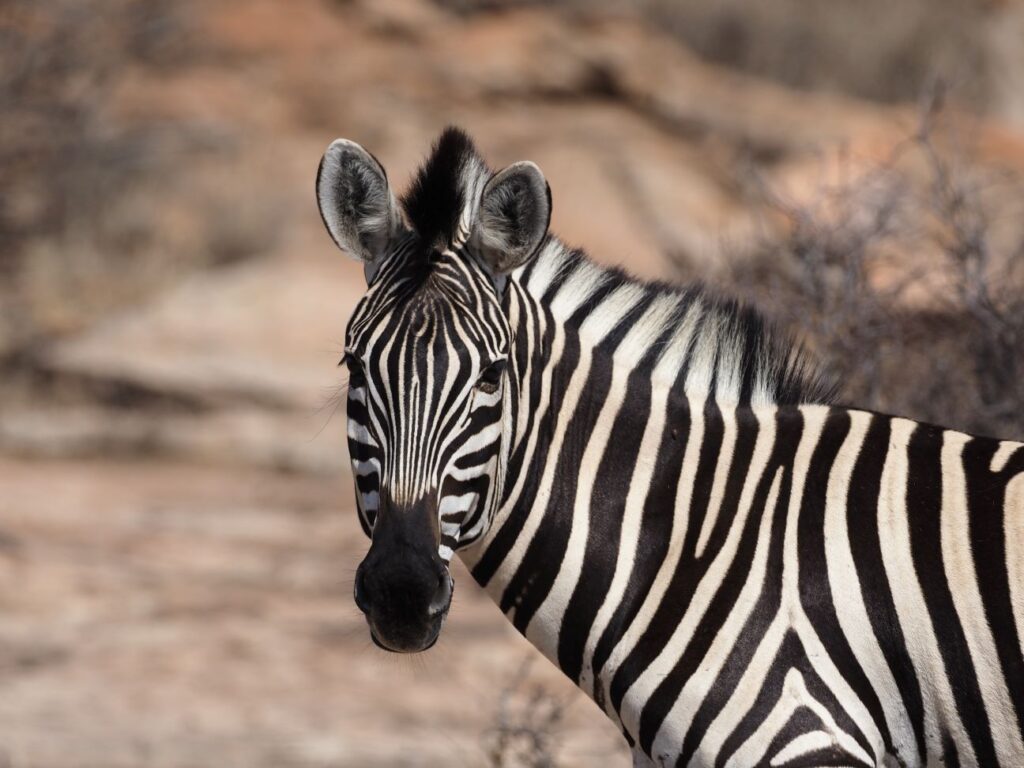

Kruger National Park is a gem and a must-visit for multiple reasons. It’s a huge area with abundant wildlife and the opportunity to see most of the “Big 5, although rhinos are getting harder and harder to find. We prefer to stay in the north with fewer tourists and quieter lodges.
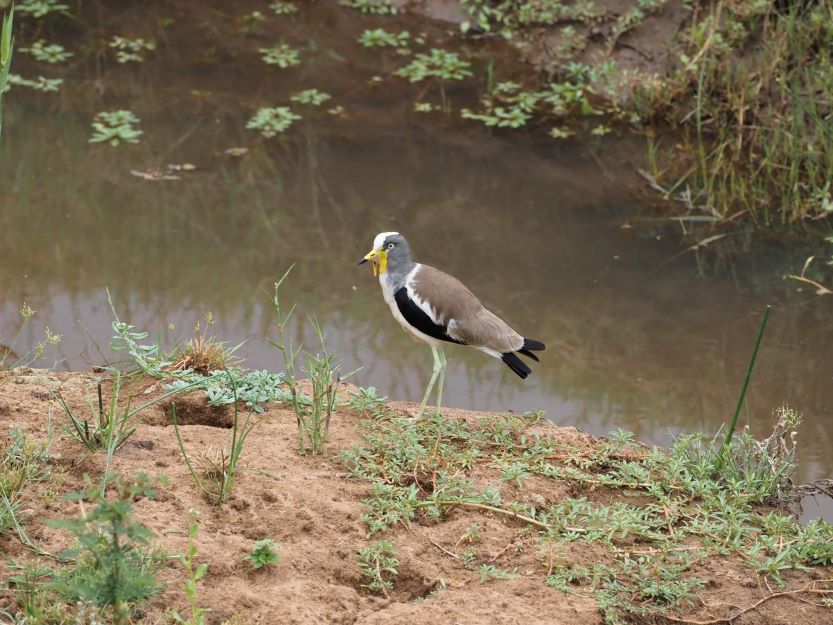
We entered the park via the Pafuri gate and made a stop (where we could get out of the car) and scanned from the bridge over the Luvuvhu River. This is a great spot for spine-tailed swifts, and we managed to find at least one Bat-like Spinetail amongst the many Little Swifts screaming around the bridge. Several White–headed and Blacksmith Lapwings were loafing near the crocodiles on a sandbar and a few Eurasian shorebirds (Common and Wood Sandpipers) had joined their African cousins.
The rest of our time in Northern Kruger was surprisingly cool with rain showers moving across the park so our fleece jackets got plenty of use. The camps/lodging are always great places to bird and we found some great birds by exploring the habitats in and around the buildings and camp-sites.
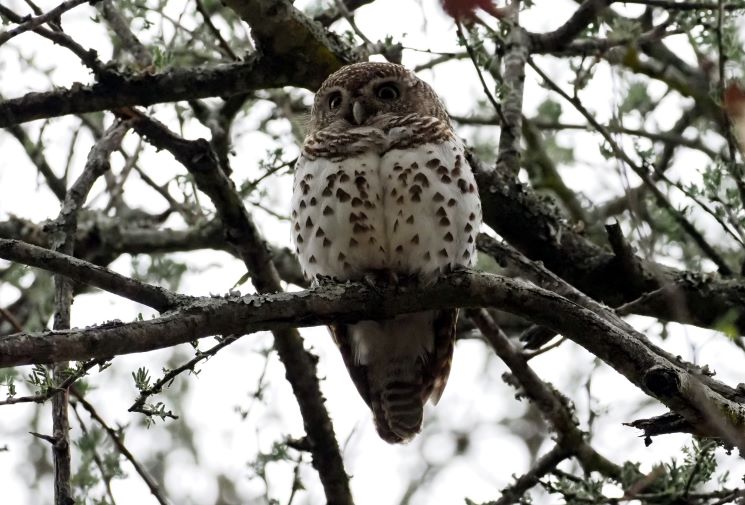
Mopani Camp had dining overlooking some great wetlands, so some of us could get our shorebird fix with Black–winged Stilt, Ringed Plover, Marsh, Wood, and Common Sandpiper, Ruff and best of all, a Sanderling. Letaba Camp was also good late in the day and we got African Scops–Owl and African Barred Owlet; the latter giving us great views and photo opportunities.
Of course the mammals were also a big attraction in Kruger.

We had brief views of Lion, but had wonderful views of a family of Cheetah and even better was a troupe of African Wild–Dogs that Nick, our local guide in Kruger, called into the road with his own version of their howls. What a great experience and we even noticed that the lead dog had a snare on its body. A phone call was made and the medics soon came in to help out. We heard later that the snare had been removed and the dog was back with the pack no worse for wear.


After leaving Kruger National Park we made a brief stop at the Abel Erasmus Pass, where traditionally a Taita Falcon had been present. Unfortunately it had been a while since the last sighting so we had to only deal with the persistent local craft ladies wanting sales and some fly-by Red-winged Starlings.
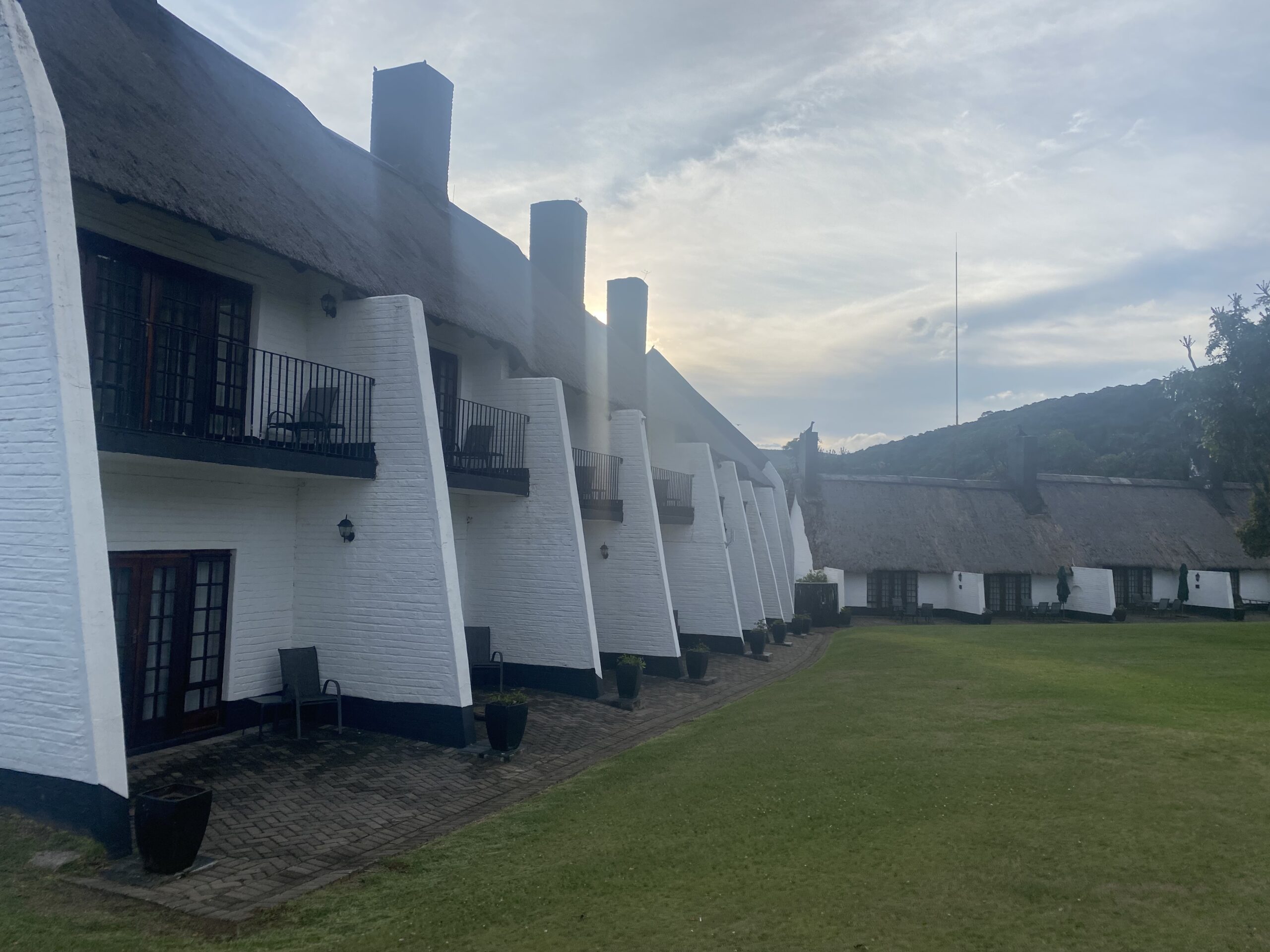
Our next birding location was high in the mountains at Mt Sheba. The cool mountain forests offered some very different birding conditions. The green forests were a little quiet compared to the open bushland of Kruger as the birds had plenty of vegetation in which to hide. We spent the next 2 days exploring the forests and finished with a nice selection of birds, including Blue Crane, Narina Trogon, Olive Woodpecker and several lovely bush-robins. There were very few mammals except for a troupe of Blue or Samango Monkeys that fed in the trees around the lodge.
The next few days were also at a higher elevation, but in the kingdom of eSwatini (Swaziland) and staying at the very pleasant Mlilwane Wildlife Sanctuary.

Without any large predators, Buffalo or Elephant in the park, we were free to walk and wander at will. Our first and regular walk was along the small creek towards the dam. It was usually very bird-rich with a mix of water birds (Black Crake, Eurasian Moorhen and Half-collared Kingfisher), bush birds (Piping Cisticola, Black-collared Barbet and Fan-tailed Widowbird) and raptors (African Fish-Eagle and Rufous-breasted Sparrowhawk).

The mammals were equally easy to see, including Impala, Nyala and Bontebok. The park authorities were also doing a breeding and reintroduction program for the endangered Roan Antelope and we were lucky to see these majestic antelopes.
As well as enjoying Mlilwane, we spent a full day at Malolotja Nature Reserve. This sanctuary is predominantly montane grassland with rocky outcroppings and vegetated gullies. The roads were pretty weathered, but we still managed to explore a good part of this spectacular reserve. One of our first birds was a Rufous-necked Wryneck sitting on the roof of one of the cabins, followed by several Buff-streaked Chats atop some of the many rocks. We had a flyover of several Southern Bald Ibis, but only rather distantly and a two-person sighting of the ever-elusive Blue Swallow, an increasingly rare denizen of these montane grasslands. After another couple of walks at Mlilwane we descended again back into KZN, met Hayden and had lunch at Ghost Mountain Inn. A walk along the boardwalk produced several Lesser Swamp Warbler, and a breeding colony of African Golden Weavers.

Our destination for the next few days was Royal Thonga Safari Lodge on the edge of Tembe Elephant Park. We birded a little around the lodge looking for specialties like Eastern Nicator, African Broadbill and Woodward’s Batis. This is also the place for Neergard’s and the even more localized Plain-backed Sunbird, a Mozambique species recently discovered to occur at Tembe. We also got up-close and personal looks at an African Pygmy Kingfisher which unfortunately flew into a window, but thankfully survived and flew off into the forest.
We did daily safari trips in an open vehicle into Tembe, through the high security fence designed to keep out elephants, lions and all sorts – all terrific stuff. Highlights? There were many. Giraffes neck-battling, Lions seemingly looking at us with breakfast-eyes and endless Elephants– some dust-bathing, herds feeding through the bush and lots of African Buffalo.
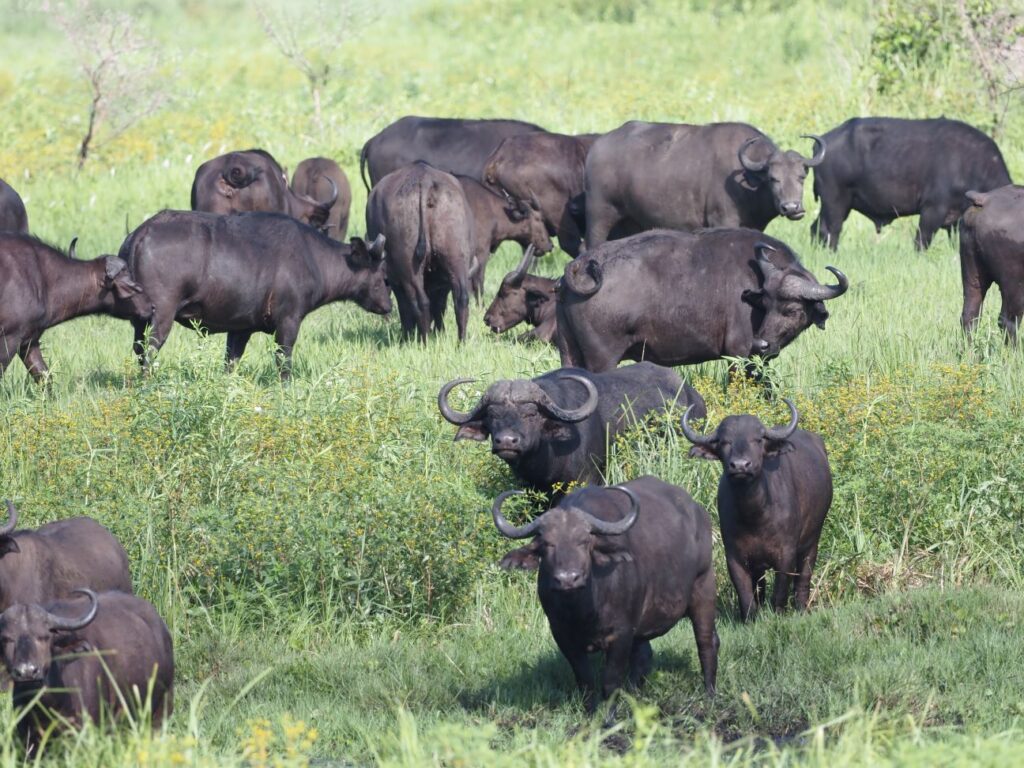
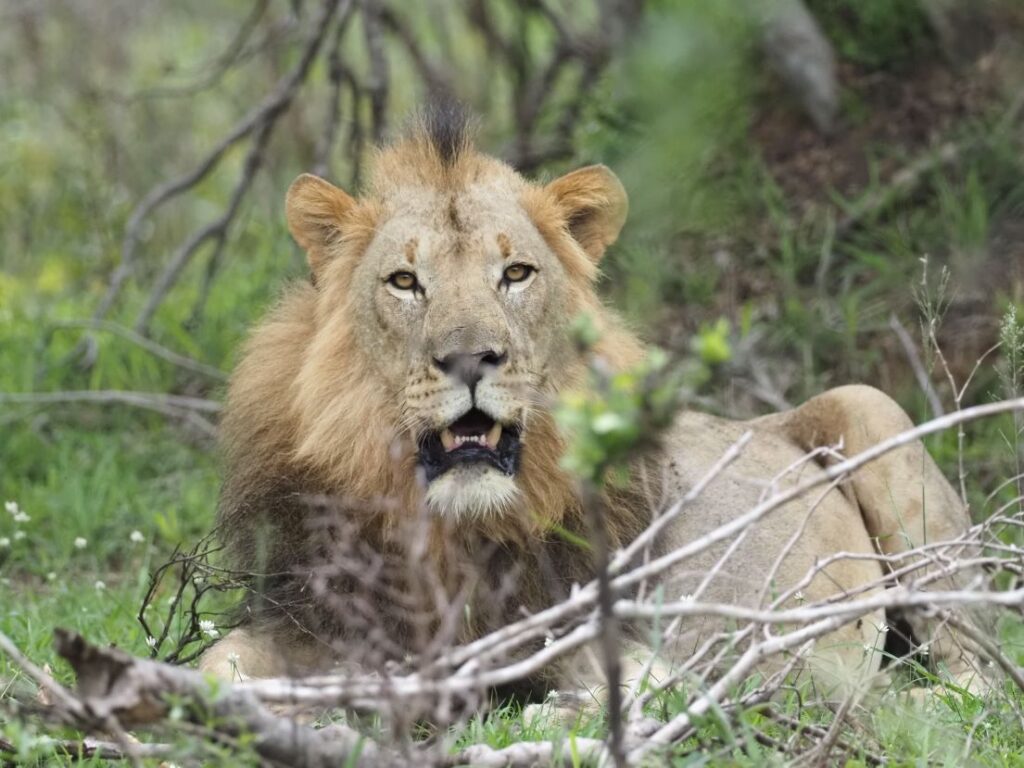
We watched Foam-nest Frogs doing their thing and lots of game – Common Zebra, Eland, Nyala and much more.
Watching wildlife, some of it potentially dangerous, from an open vehicle, did give me a high, but it was always a relief to be back the other side of the security fence!
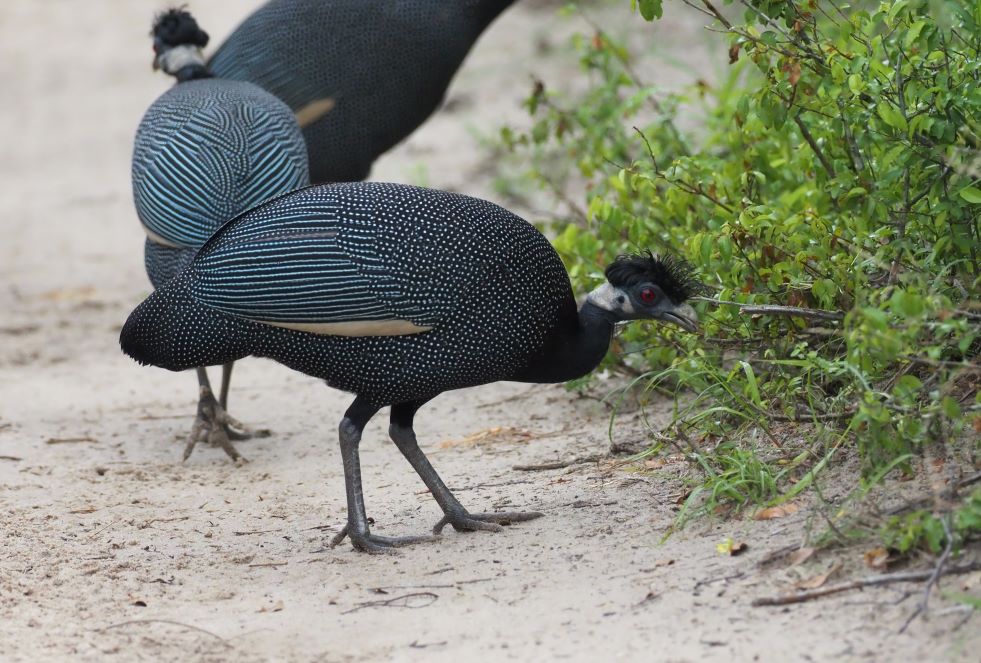
Some of the best birds around the lodge were Four-colored Bush-shrike, Pink-throated Twinspot, Southern Crested Guineafowl and White Helmetshrike, but the quantity of birdlife in Tembe was terrific, with barely a dull moment.
Ithala Game Reserve was our next destination and a totally different habitat to that of Tembe Elephant Park. The weather was a little cool and rainy, so despite the poor visibility from the van, it was good to stay dry.
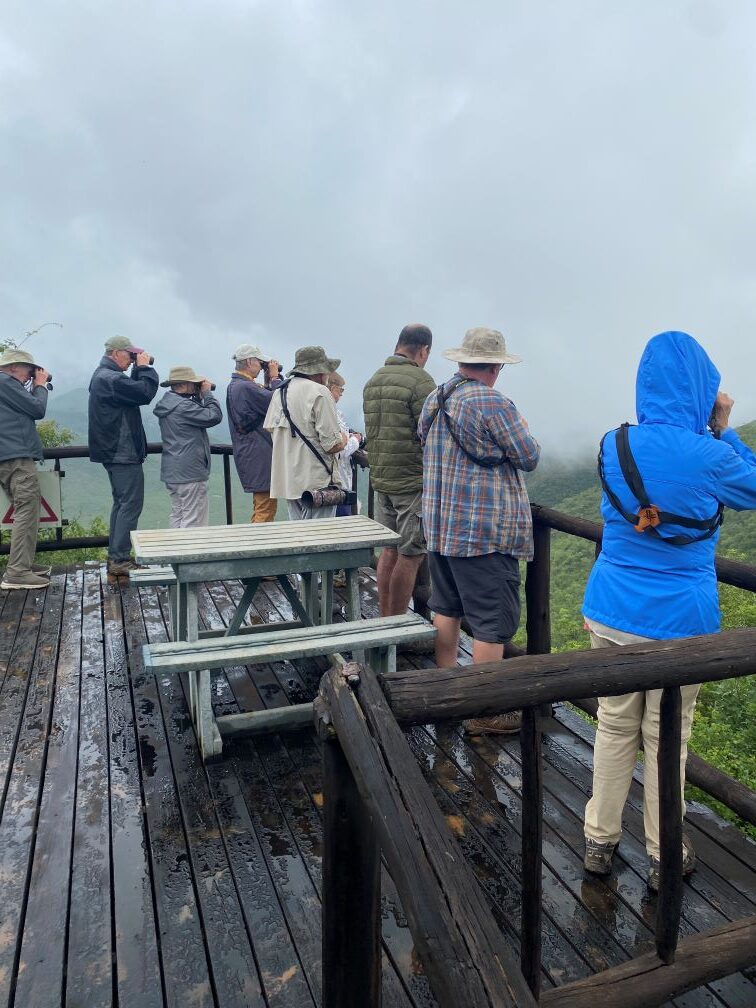
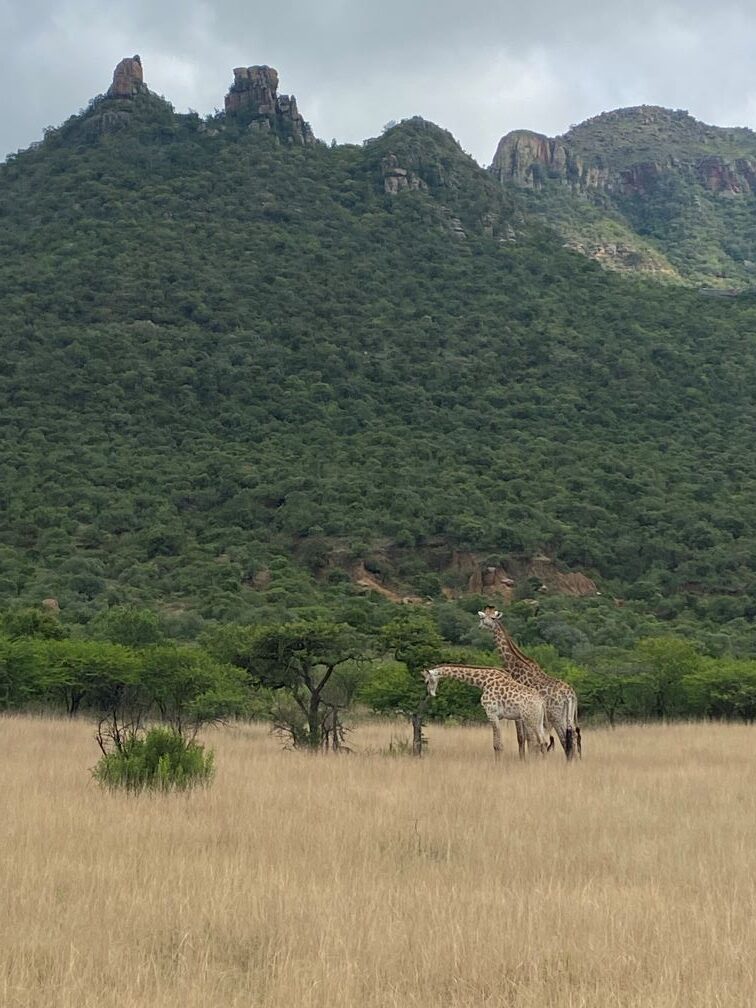
Our cabins were dotted around the grounds, all under a canopy of trees. There were also plenty of Rock Hyraxes, Black-faced Vervet Monkeys and Chacma Baboons, so making sure our cabins were always locked was important. Again the birding was pretty good, with highlights being multiple Secretarybirds, Southern Bald Ibis, Blue Crane and a whole host of widowbirds, larks, pipits and more.
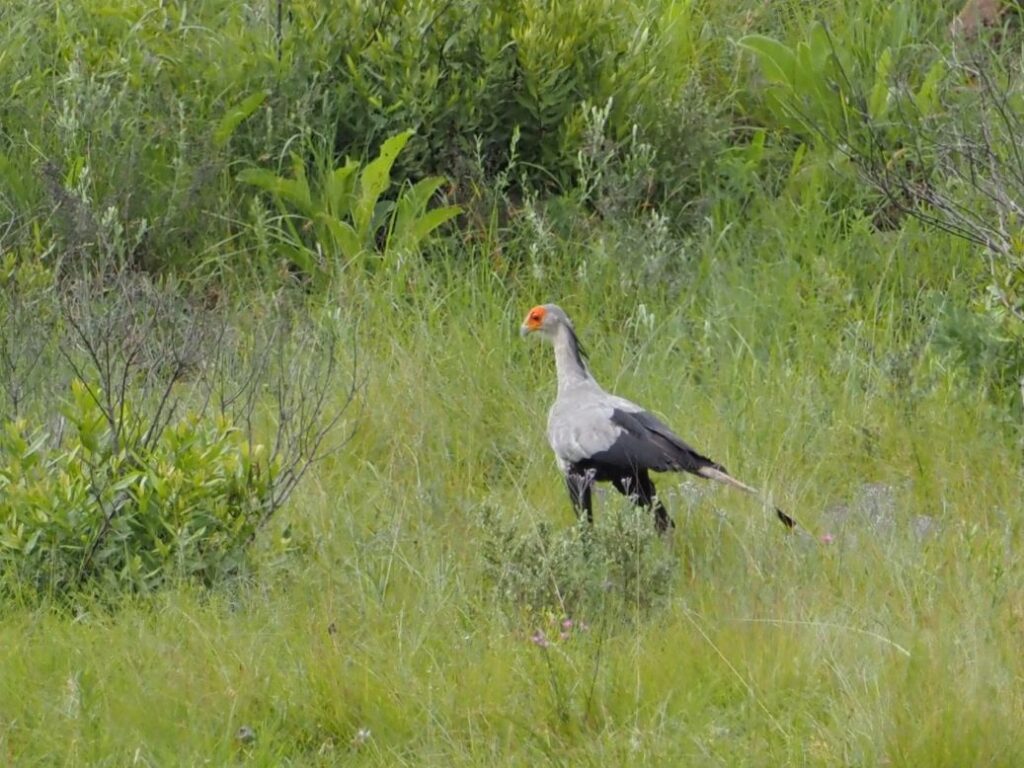
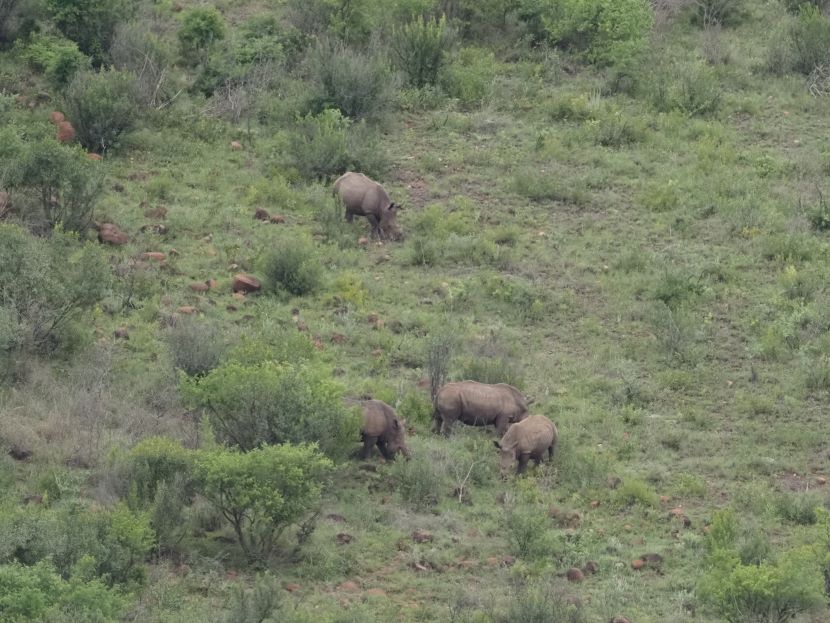
Mammals were also common and after missing Rhino at one of our earlier locations, we were incredibly lucky to find three White Rhinos and one Black Rhino on one of our safari drives. Rhinos are improbable yet incredible creatures and it’s a crime that they are so endangered due to human activities.
From Ithala it was a bit of a drive cross-country to Wakkerstrom, an attractive small town set in endless grassland, that’s famous for the endemic larks in the area.

Our first stop was at the extensive wetland on the outskirts of town.
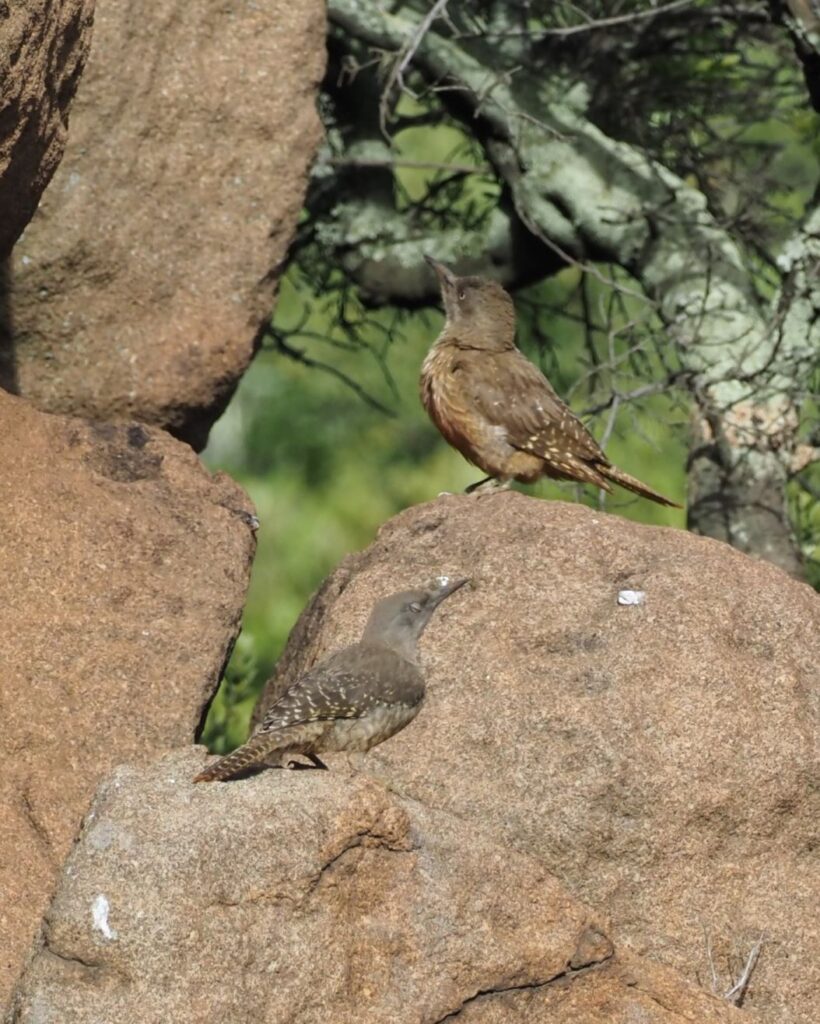
Good numbers of waterfowl were on the lake, including Cape Shoveler, White-backed Duck, South African Shelduck and Southern Pochard; a couple of Little Bitterns flew across the reeds and a flock of beautiful Gray Crowned-Cranes went over our heads- stunning. Alas we only heard African Rails squealing in the reed-beds before the rain started and we headed to our bed and breakfasts for the night. The rain continued overnight making the roads very much a quagmire. Aside from Spike-heeled and Red-capped Larks, the other local endemic larks were not being cooperative due to the weather and grassland conditions, but we still had White-bellied and Denham’s Bustard, Ground Woodpecker and a good selection of Cisticolas.
Our final week was spent in the Cape Town area with a pelagic tour on the first full day.
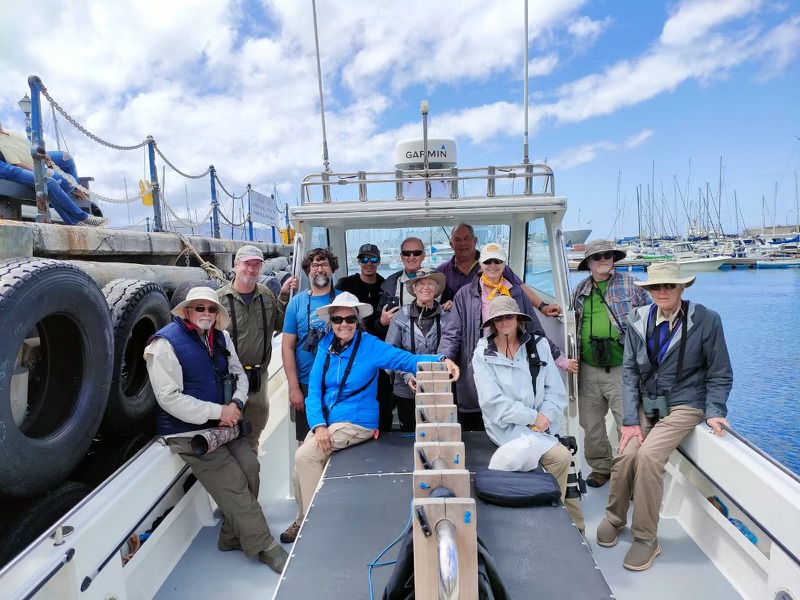
Unfortunately we never encountered a fishing trawler, but still picked up White-capped Albatross, White-chinned Petrel, Sooty Shearwater and a flock of Sabine’s Gulls.
Of course we had to visit the nearby colony of African Penguins, most of which were loafing on the beach in various stages of molt. A brief stop along the waterfront produced Crowned Cormorant, the smallest of the 5 species in the area.

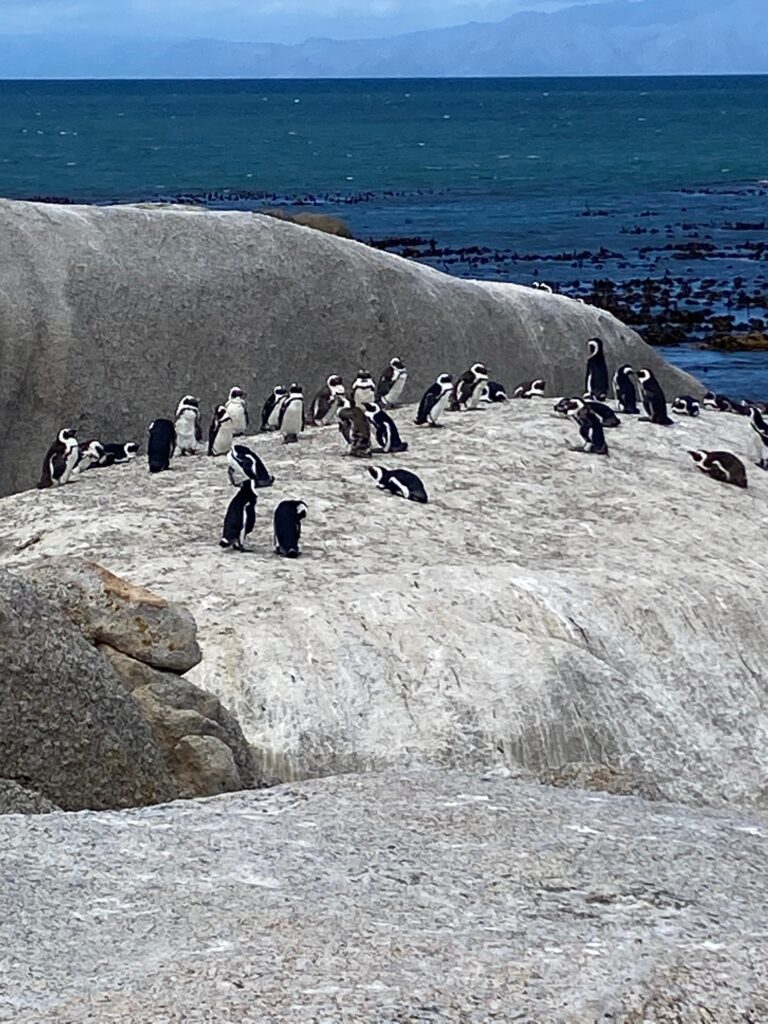
Our next full day was at Kirstenbosch Botanical Gardens – one of the top 5 botanical gardens in the world.As well as having outstanding displays of native plants with surrounding Fynbos, Kirstenbosch is an excellent place to see several of the Cape endemics, including: Cape Sugarbird, Cape Spurfowl, Cape Batis and Cape Bulbul.
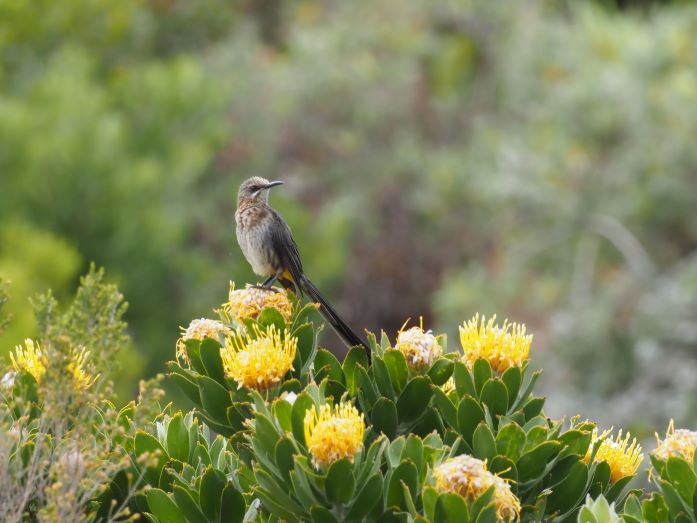
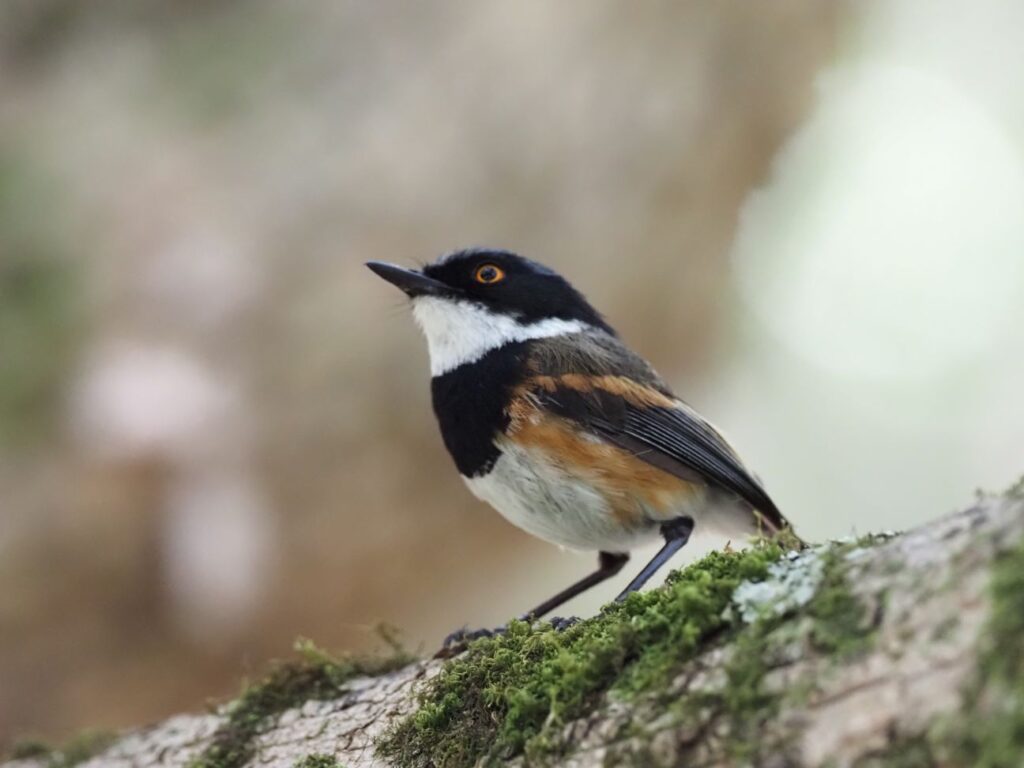
Another great local birding hotspot is Strandfontein Water Treatment Plant; also a must-visit birding place in the Cape.
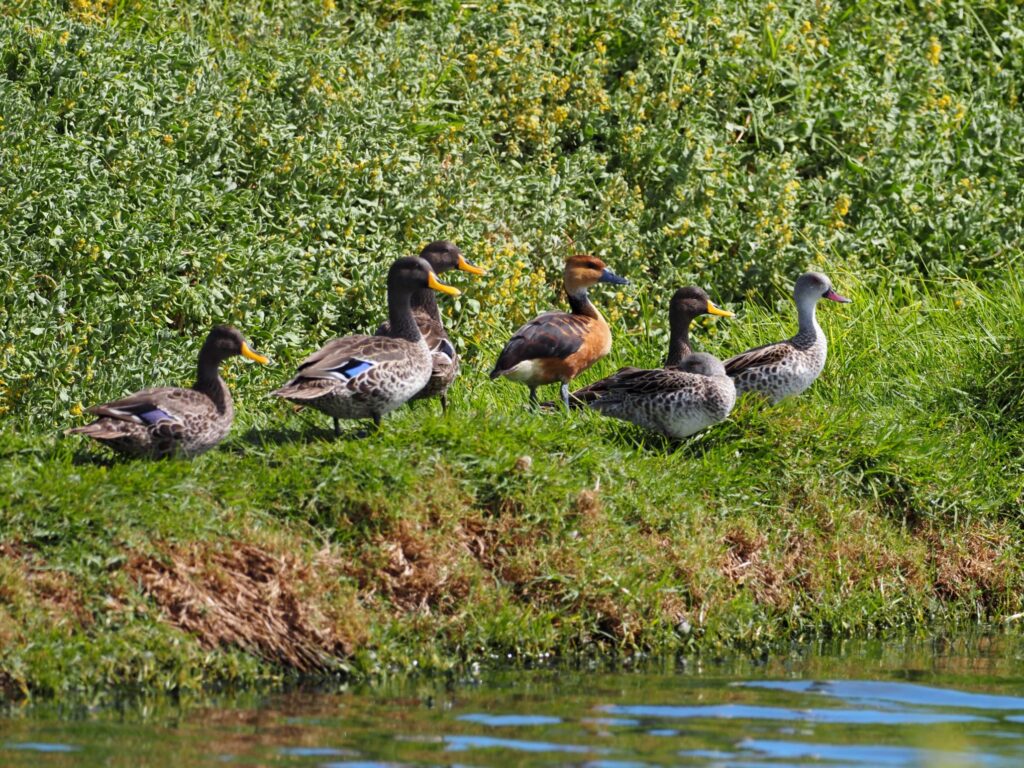

This is the best spot in the area for ducks and we were lucky to see a few Fulvous Whistling-Ducks, a rarity this far south. Hundreds of Cape Teal, Cape Shoveler, Yellow-billed Duck, Southern Pochard and Egyptian Geese thronged the wetlands and some of the grubbiest Sacred Ibis were feeding in the water, having just flown in from the nearby garbage dump.

West Coast National Park, about 1.5 hours north, is the place for shorebirds, and is a place one can easily spend a full day. We spent a couple of hours going through the shorebird flocks finding Marsh and Curlew Sandpiper, Greenshank, Ruff, Whimbrel and the delightful Terek Sandpiper. Thankfully a Black Harrier flew over the bush country on our way out, so we got to see this rare endemic.

Another localized endemic is the Cape Rockjumper and the spot for this delightful bird is the long rocky track near the village of Rooi-Els on the eastern side of False Bay. We walked a long way along the path this time and almost gave up, but managed to find several Cape Rockjumpers in the rocks along the trail – phew!
There were also multiple Orange-breasted Sunbirds, Karoo Prinia and Cape Sugarbird– all enjoyed before we had a delicious lunch in the nearby village.
It was then along the coast to Hermanus and the lovely Milkwood Lodge. The scenery is spectacular along this stretch of rocky coast and the wooded neighborhoods under the towering cliffs of Fernkloof Nature Reserve were good for species such as Sombre Greenbul, White-necked Raven and Fiscal Flycatcher.
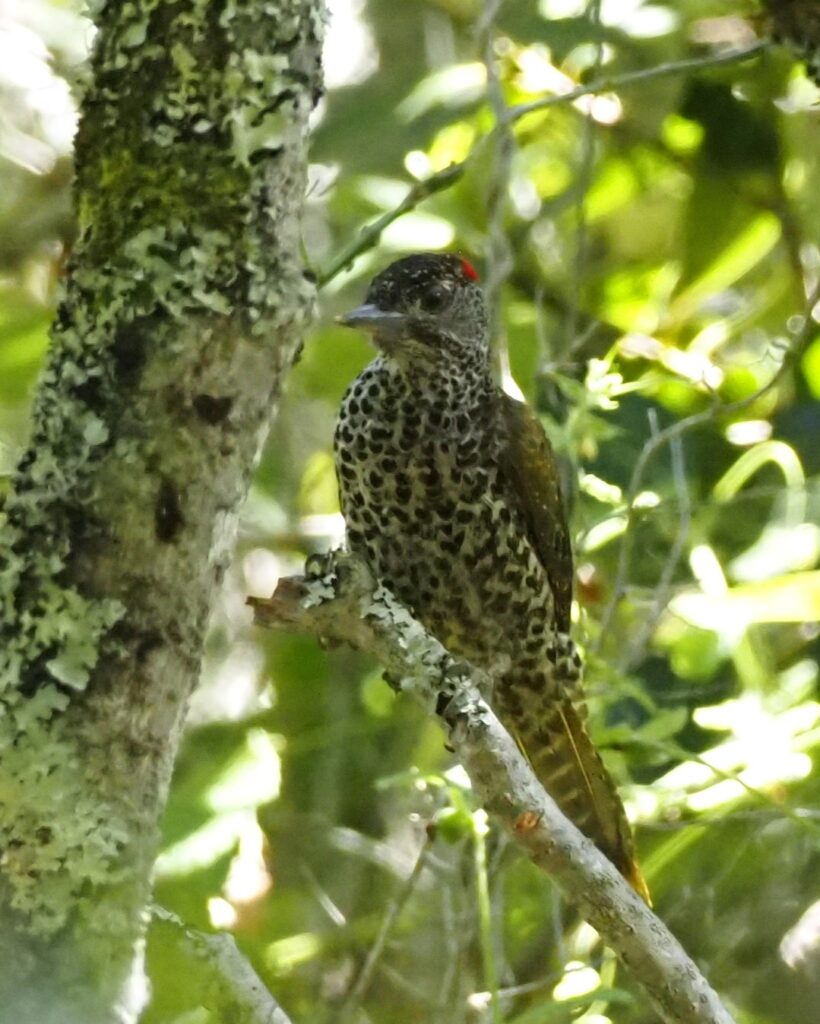

Another Cape endemic is the uncommon Knysna Woodpecker which we hadn’t managed to get on a prior tour, so visiting the Platbos Forest a little further east was the plan our last morning. We had several flocks of Blue Cranes soaring overhead, a couple of African Crested Flycatcher and great views of the Knysna Woodpecker – plus it was a nice walk through the shady woodlands.
I always like to finish the tour with a little local culture so an overnight stay at the lovely Val du Charron Vineyards was perfect. This renovated Dutch Colonial farm is in the wine-growing region just outside of Wellington and tasting their Black Countess red wine blend is worth the journey.
Unfortunately some local unrest prevented us birding in the hills above the estate, so we walked around the property finding a good selection of local birds, including a family of Spotted Eagle-Owls which had nested around the main house. The aforementioned taxi strike had prevented us taking our mini-van (which looked like a taxi) to the airport, so some quick thinking and a phone call to some of Hayden’s friends in Johannesburg found us heading to the airport in regular cars.
We finished the tour with over 450 species, enjoyed spectacular scenery and wildlife, tasted some delicious food and wine and have been shown this beautiful country by some excellent guides. Thank you to everyone who came on the tour and all who helped us enjoy our time there.
Simon Thompson
More Birds
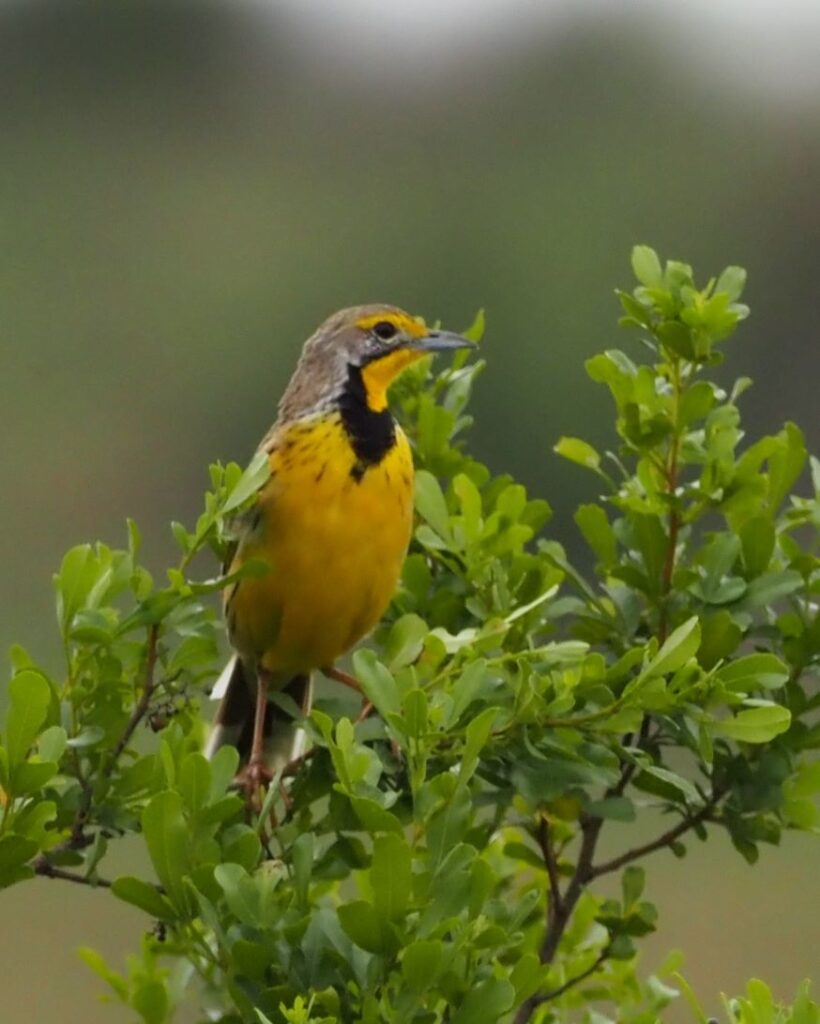
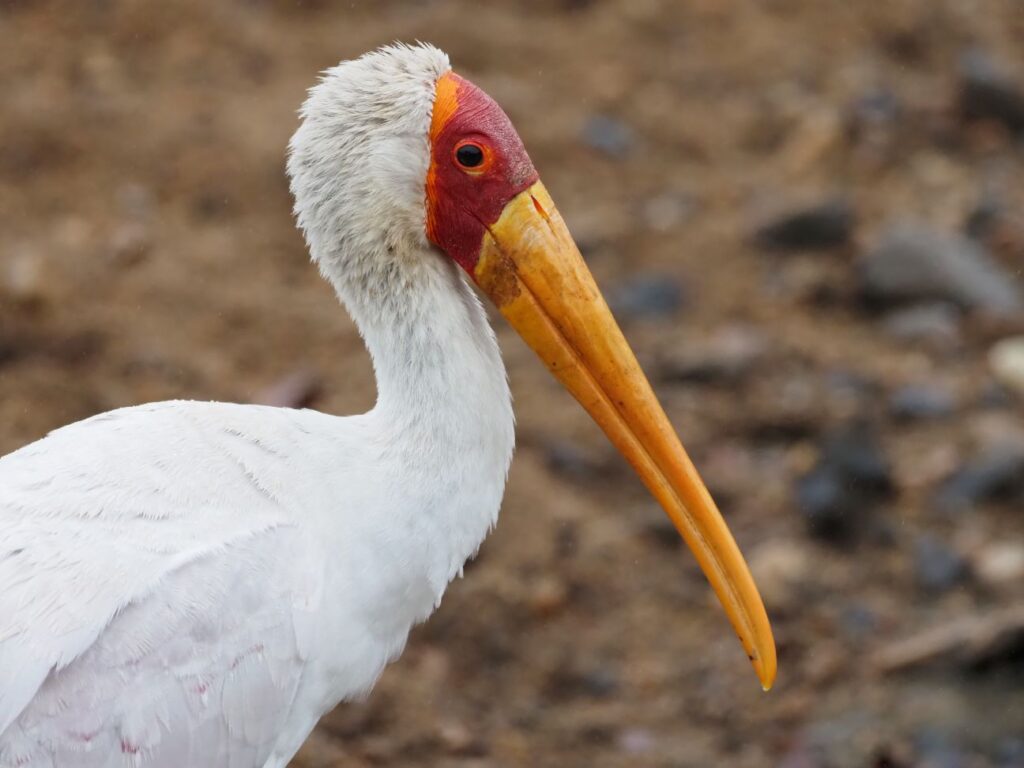
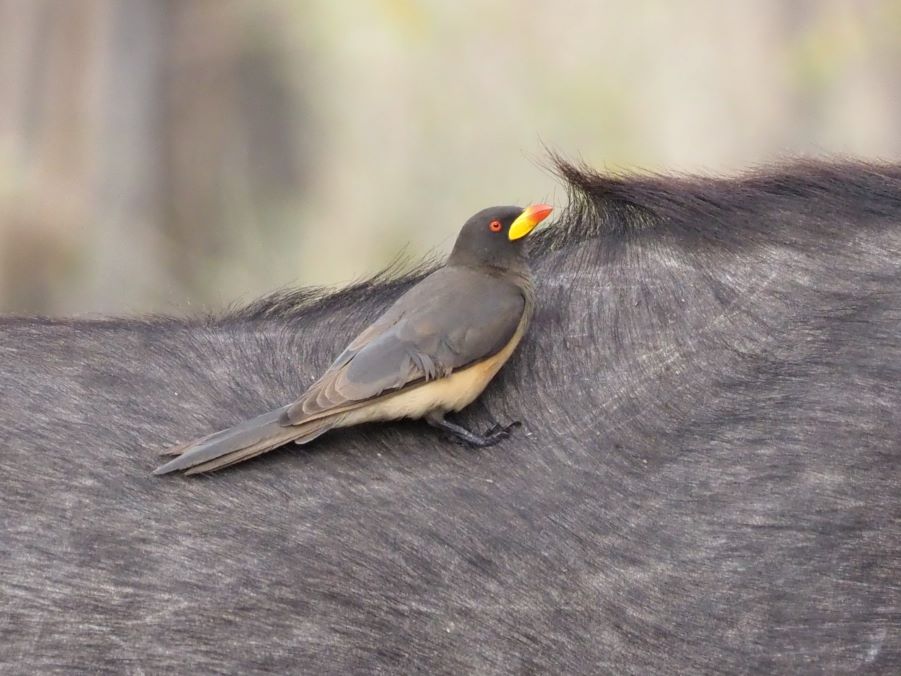
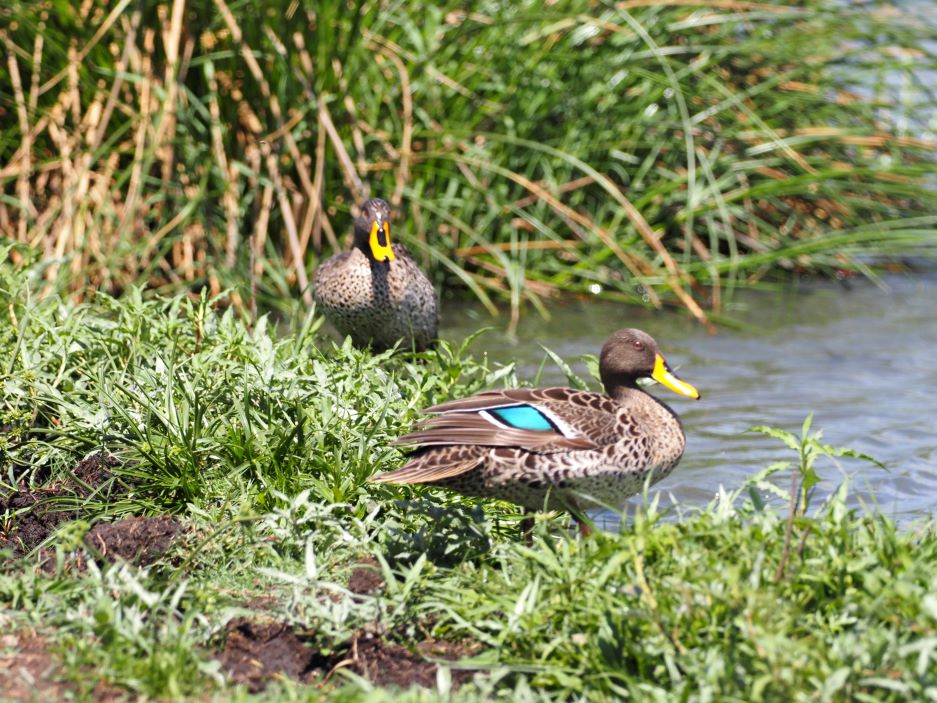
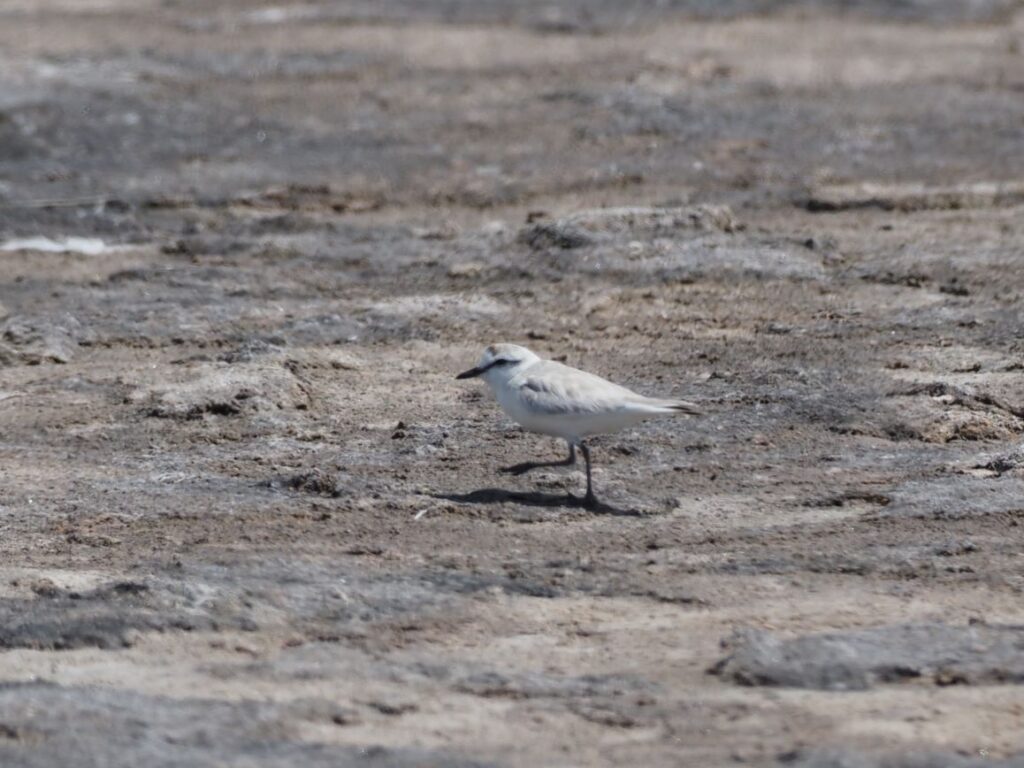
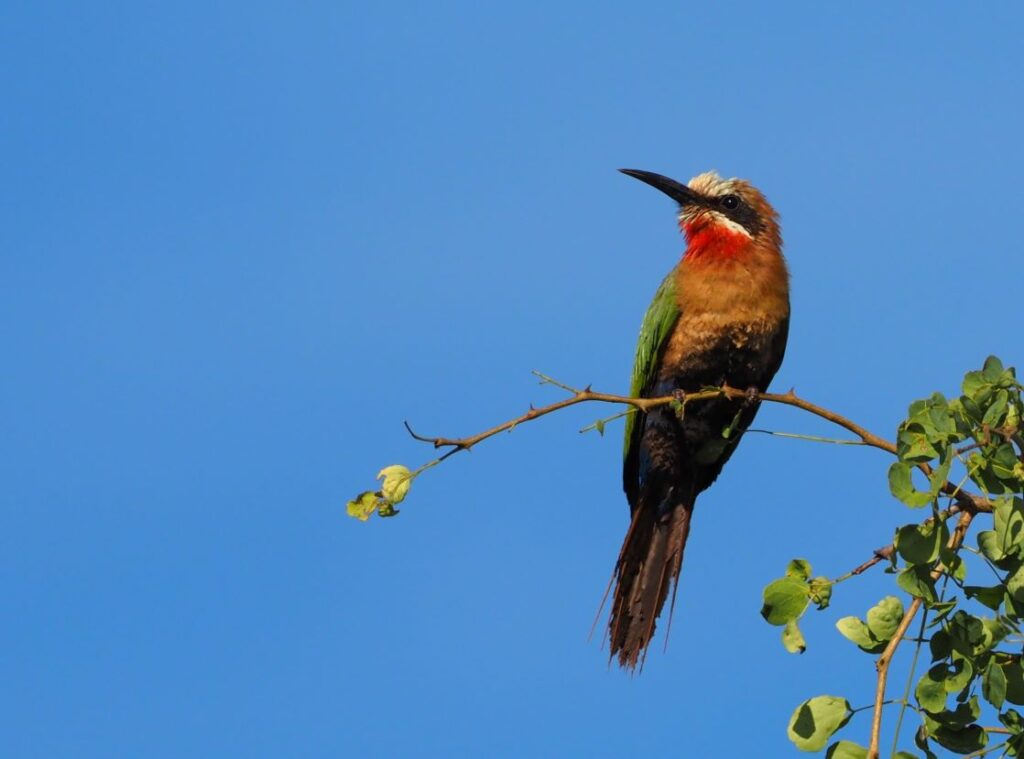
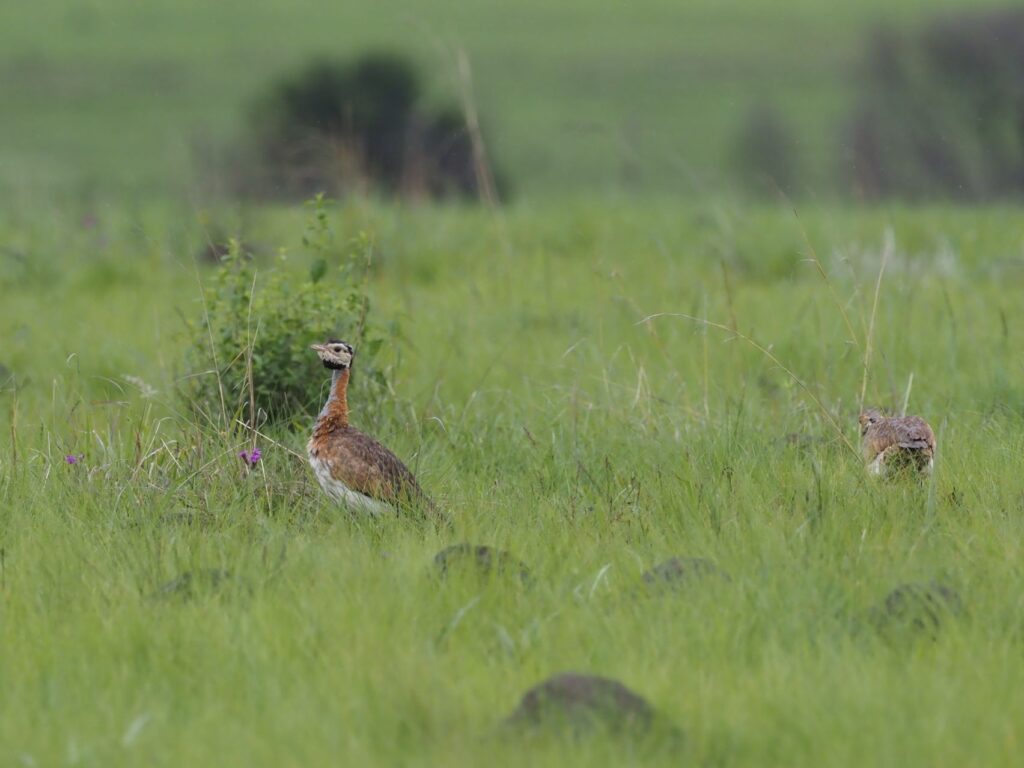
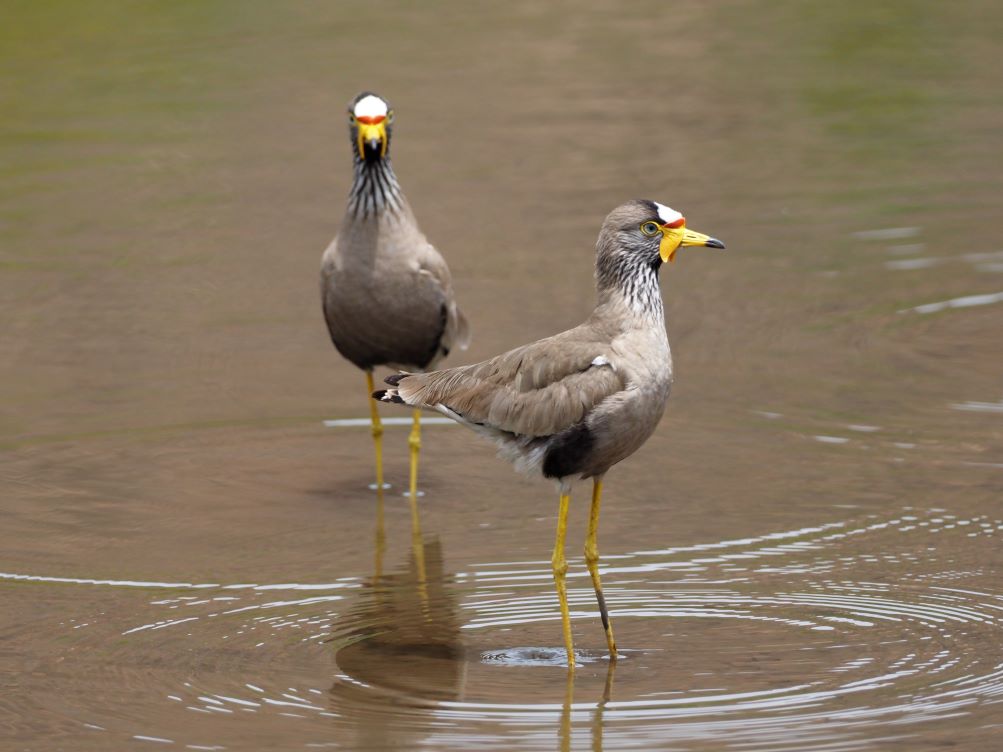
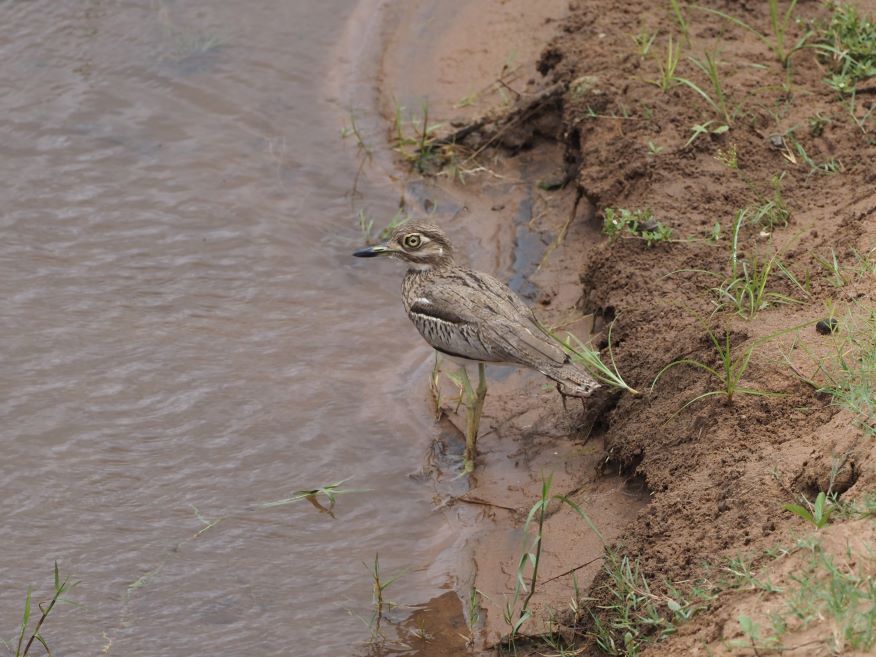
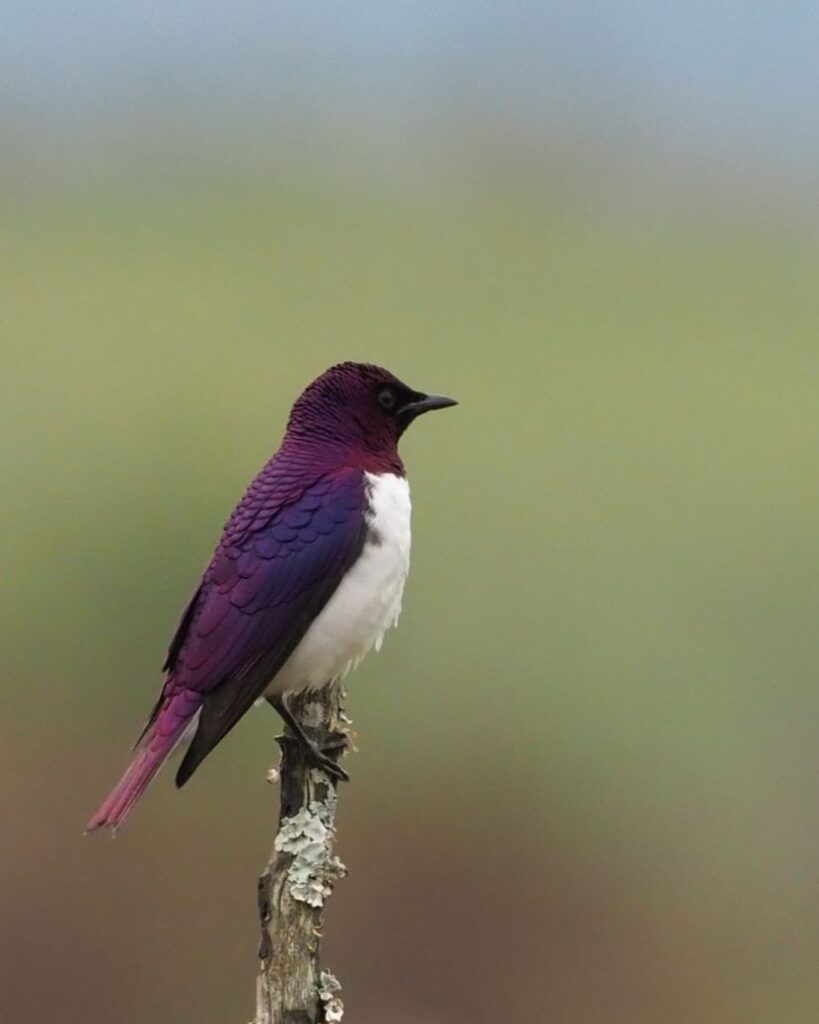
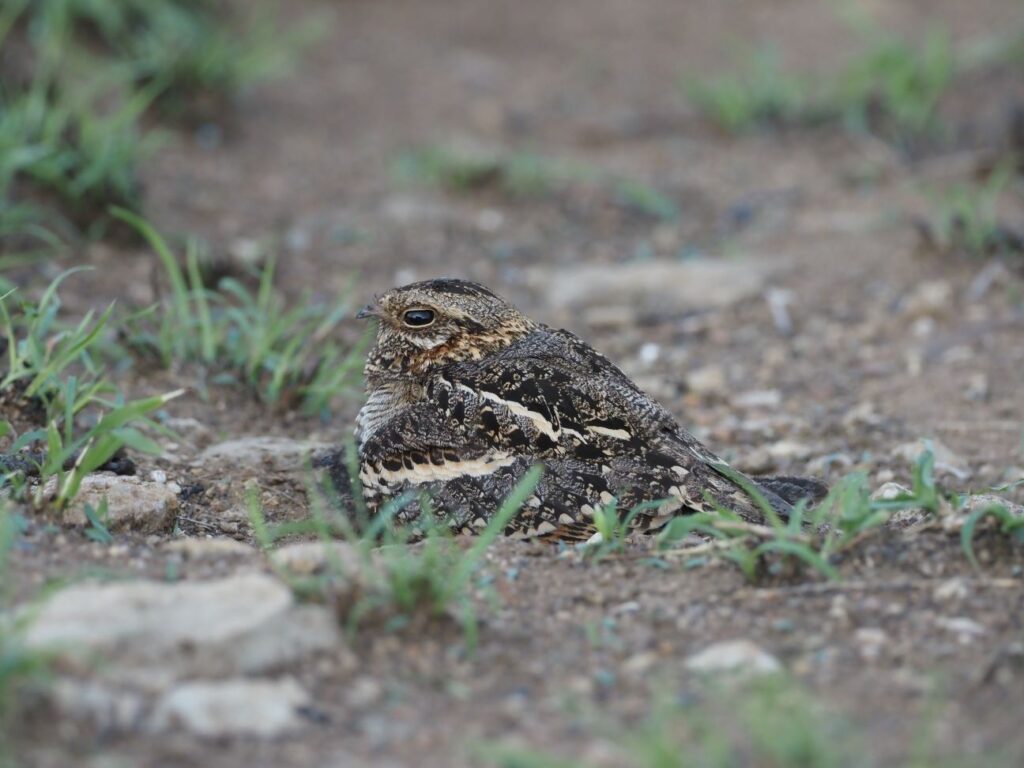
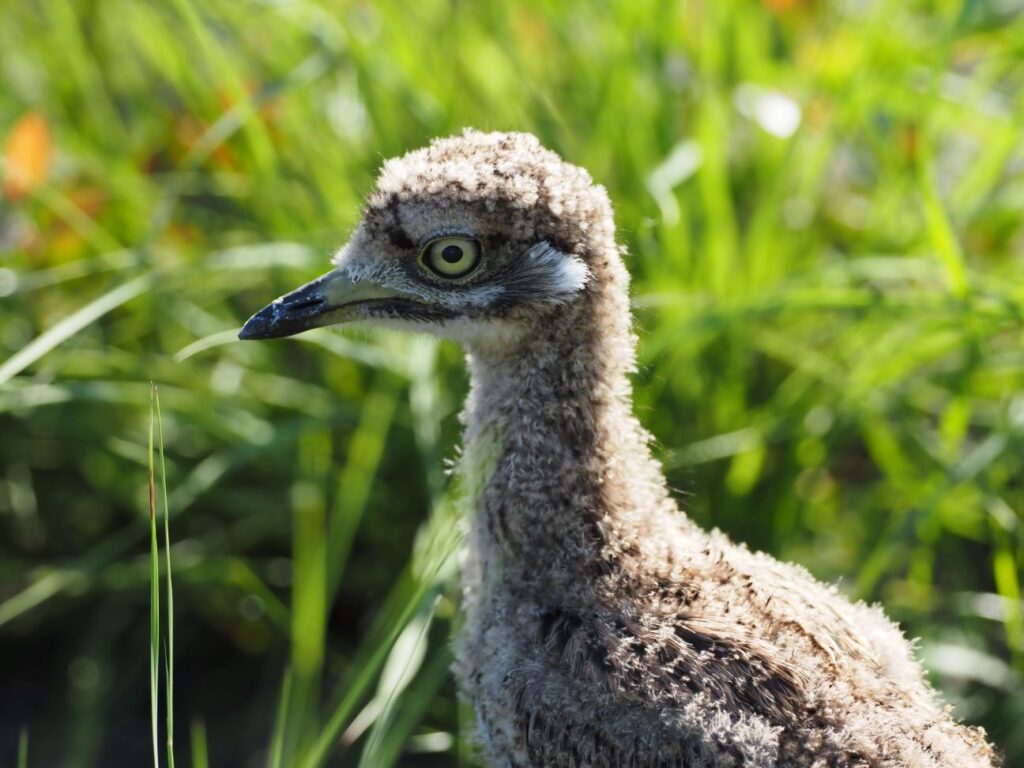
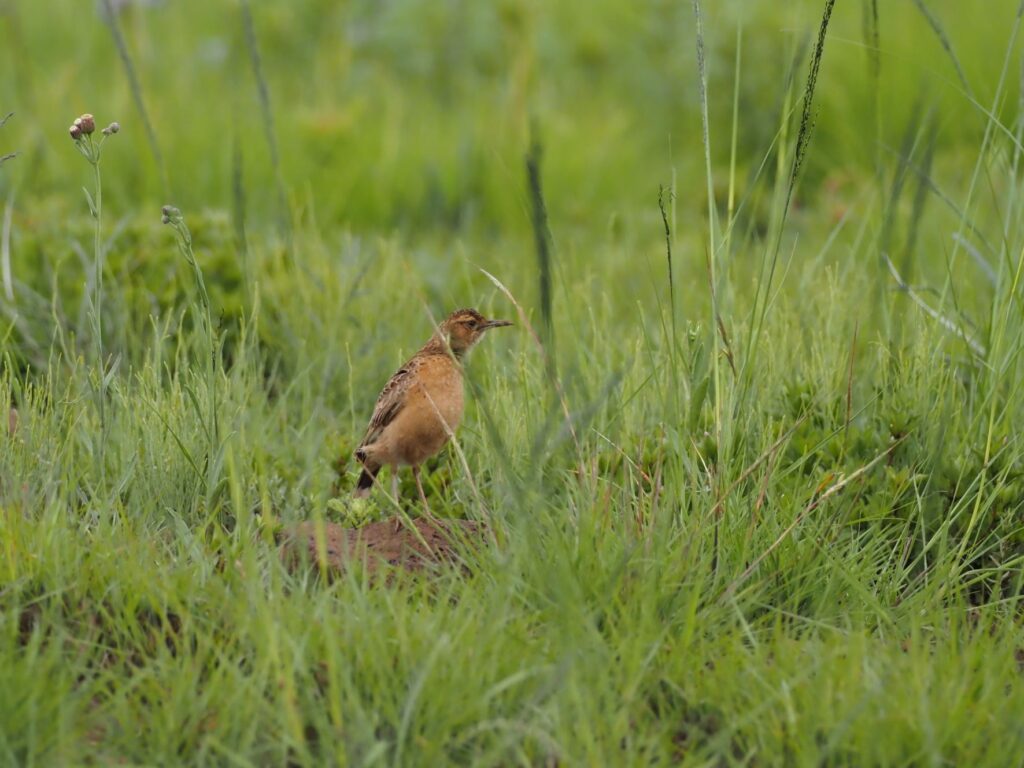
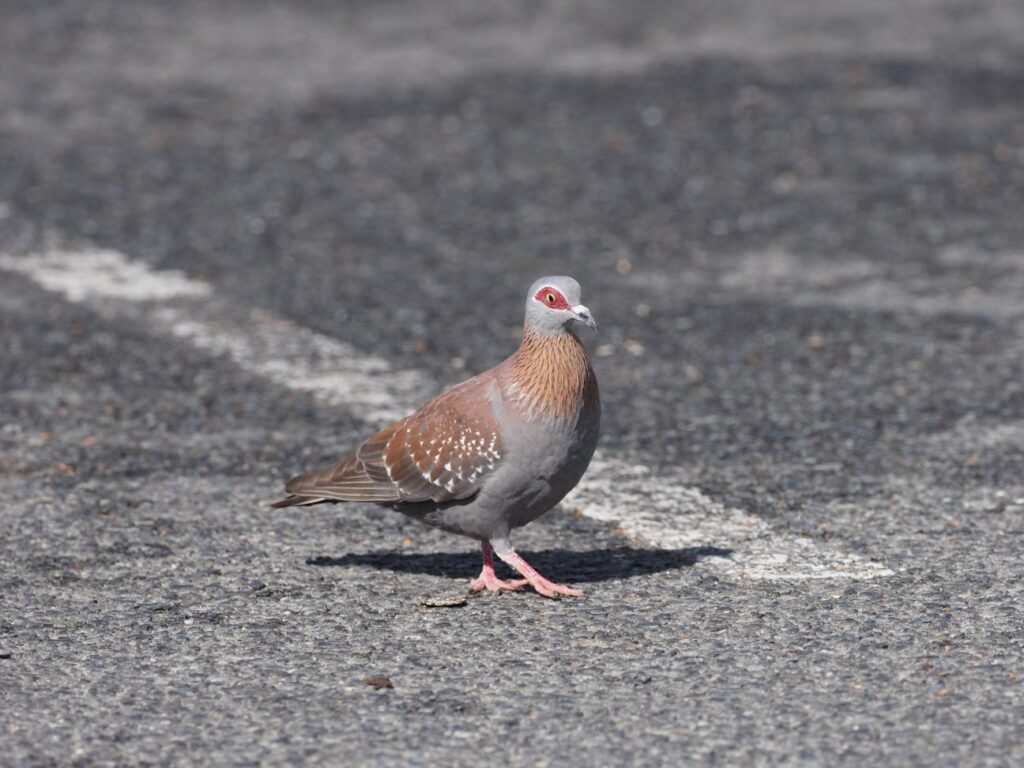
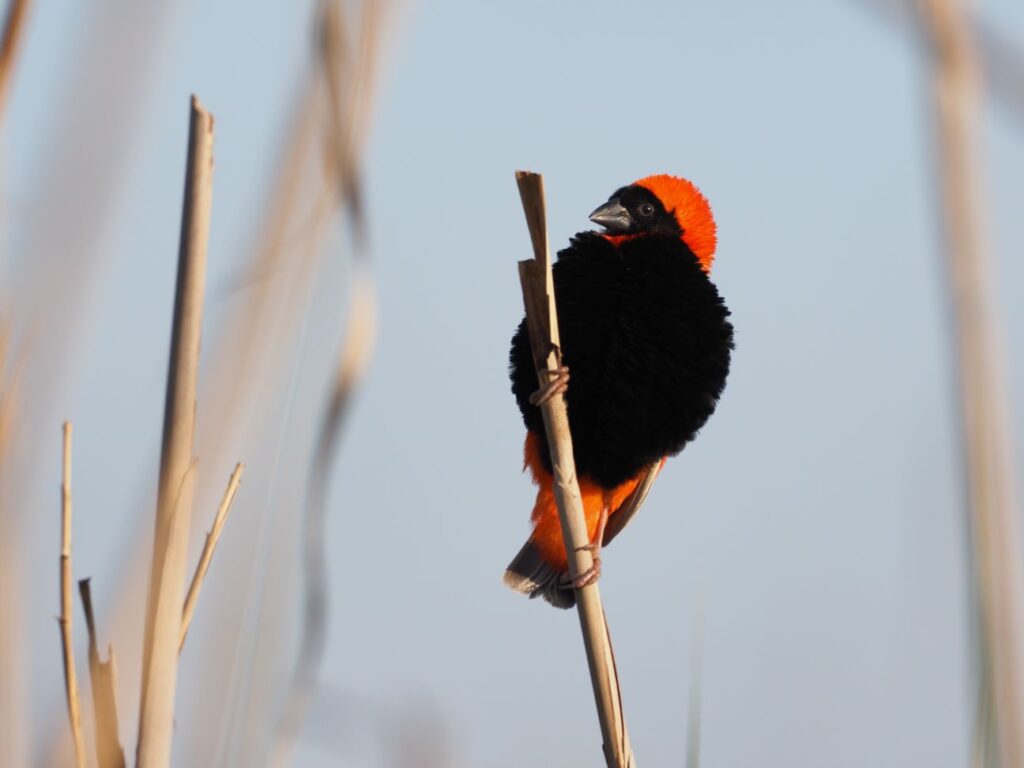
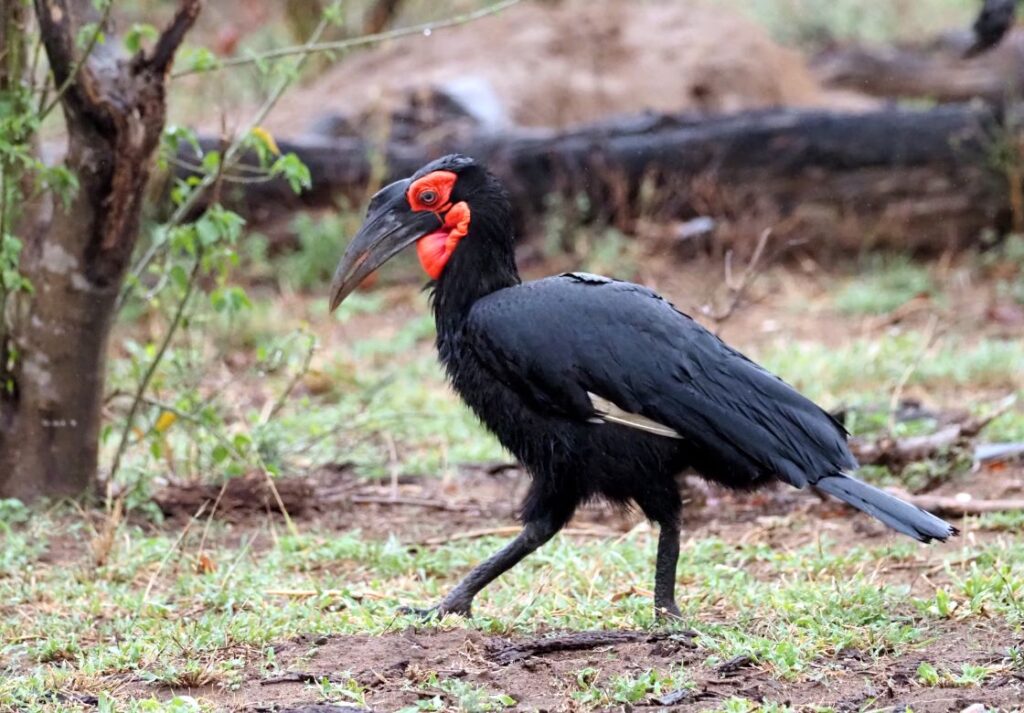
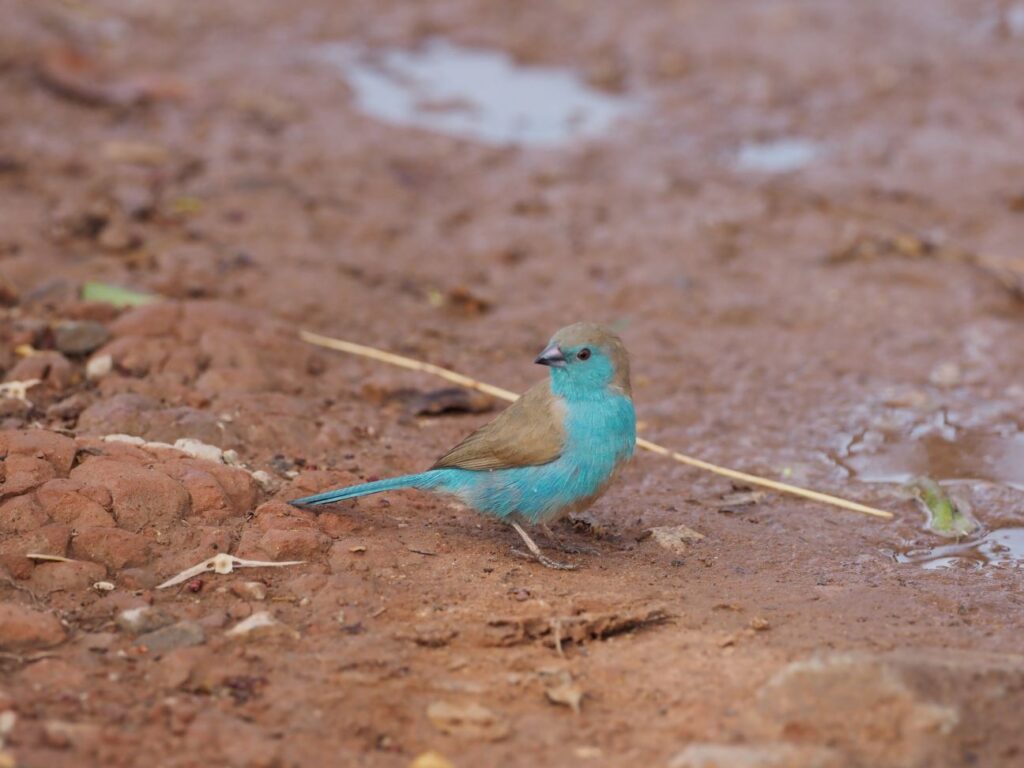
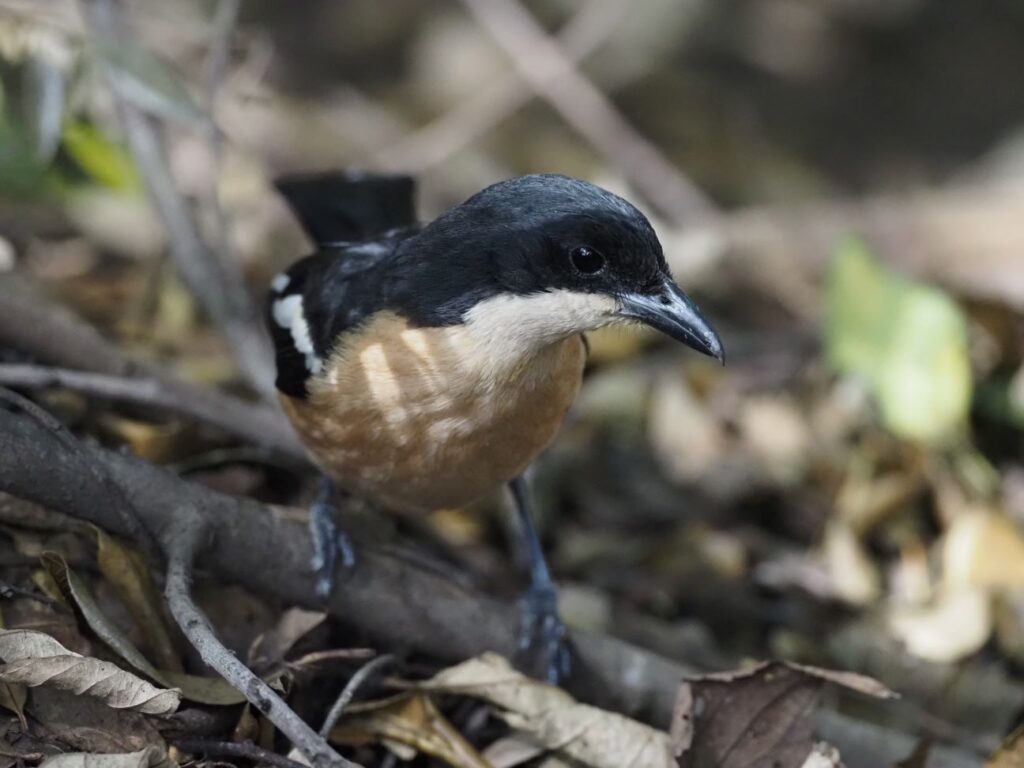
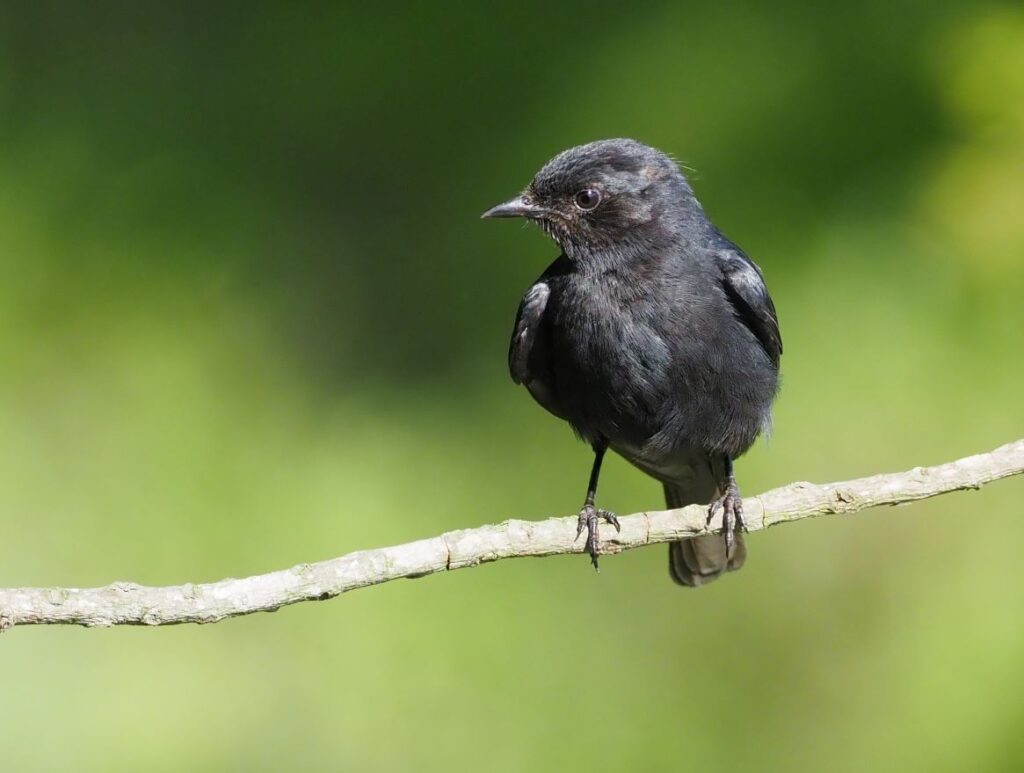




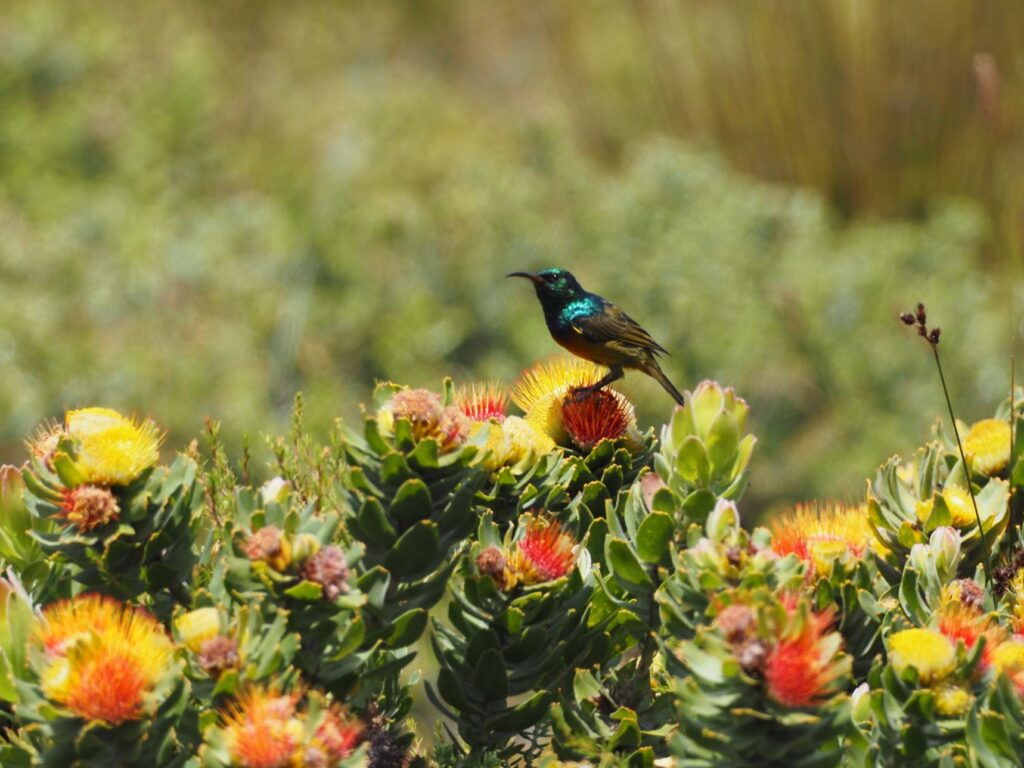

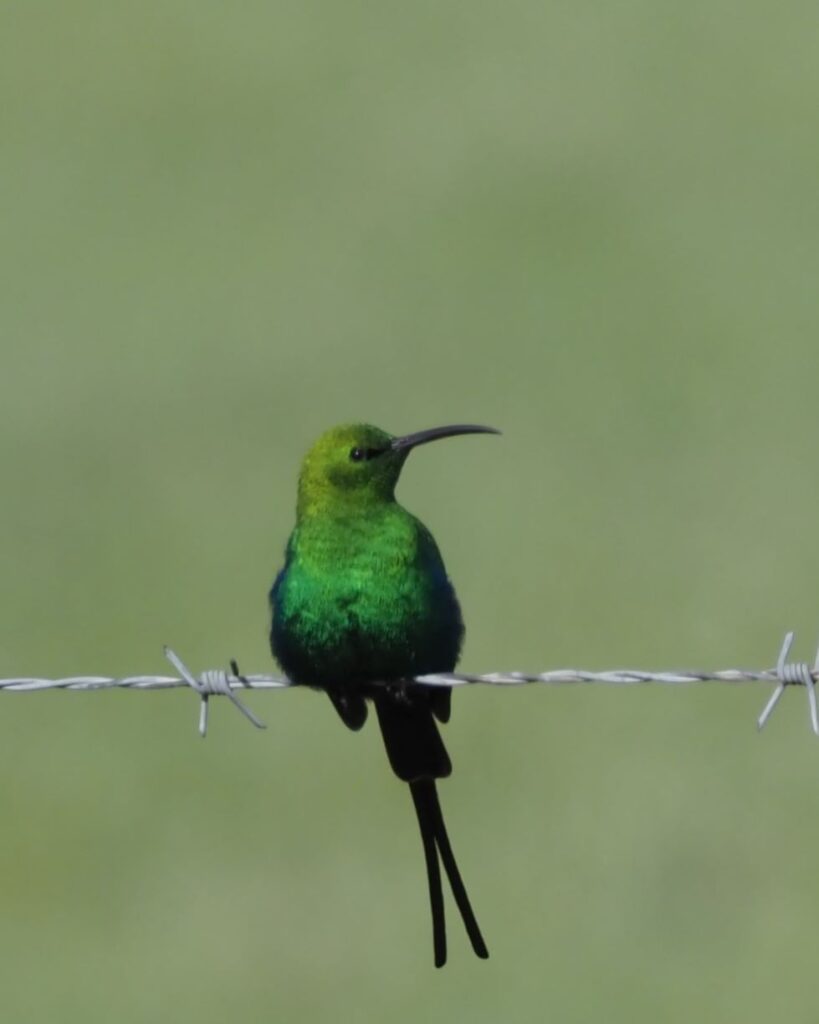



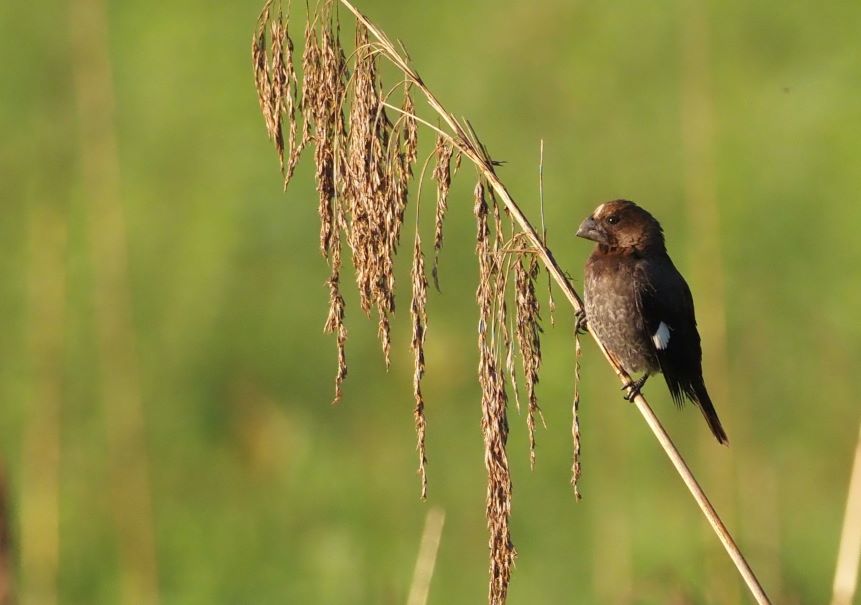

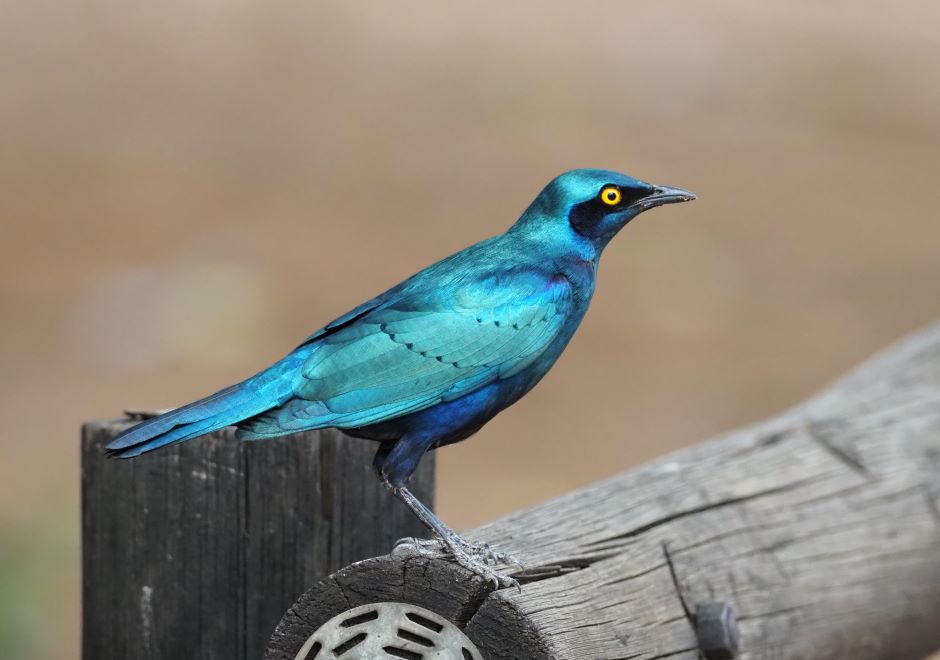

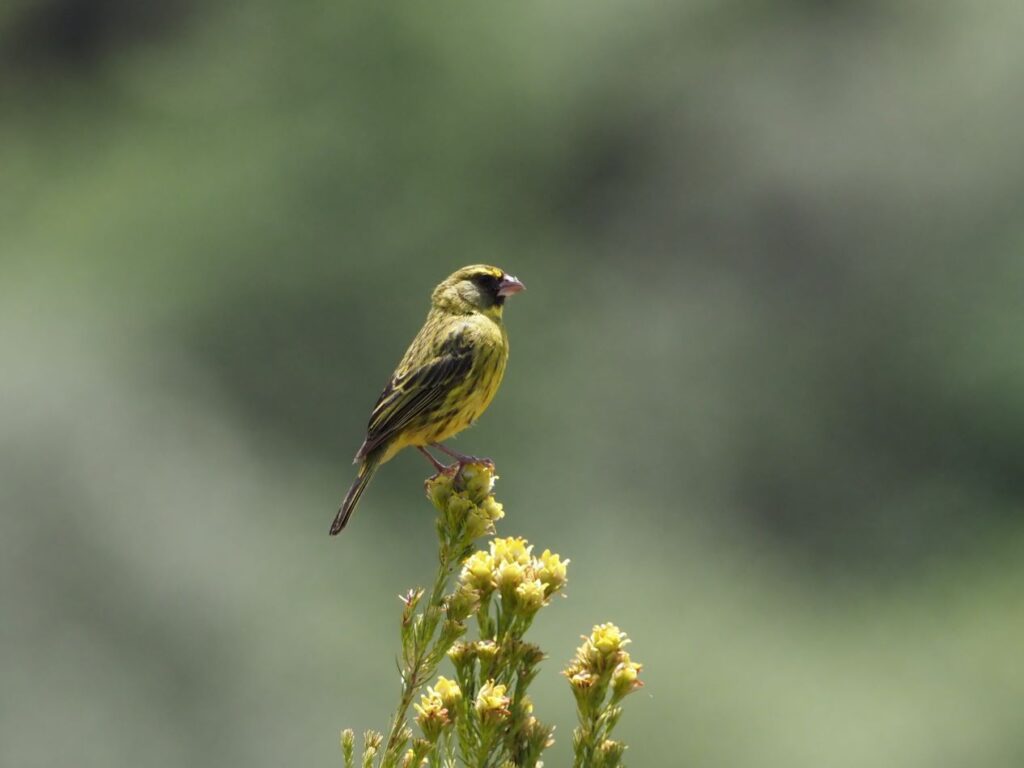
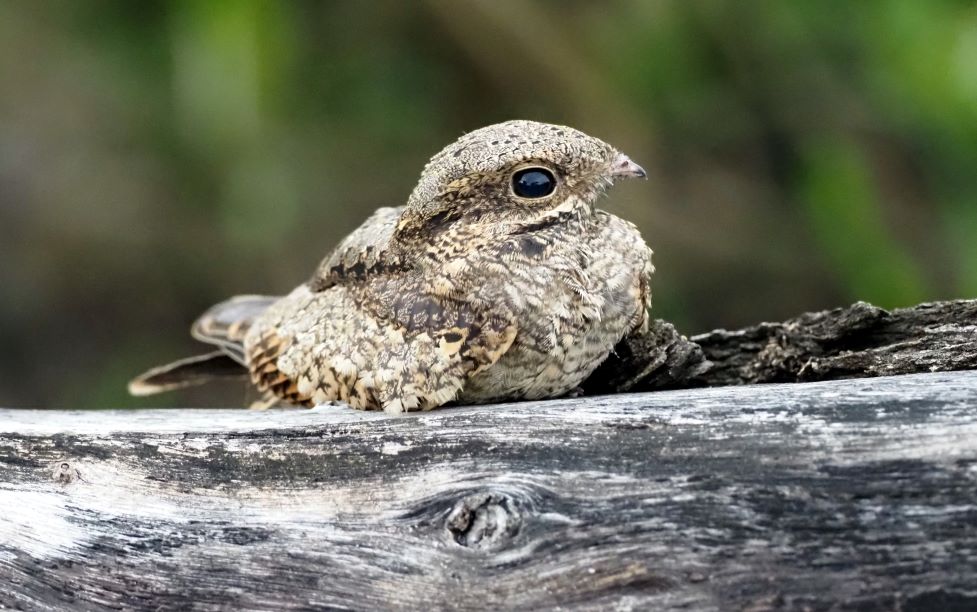

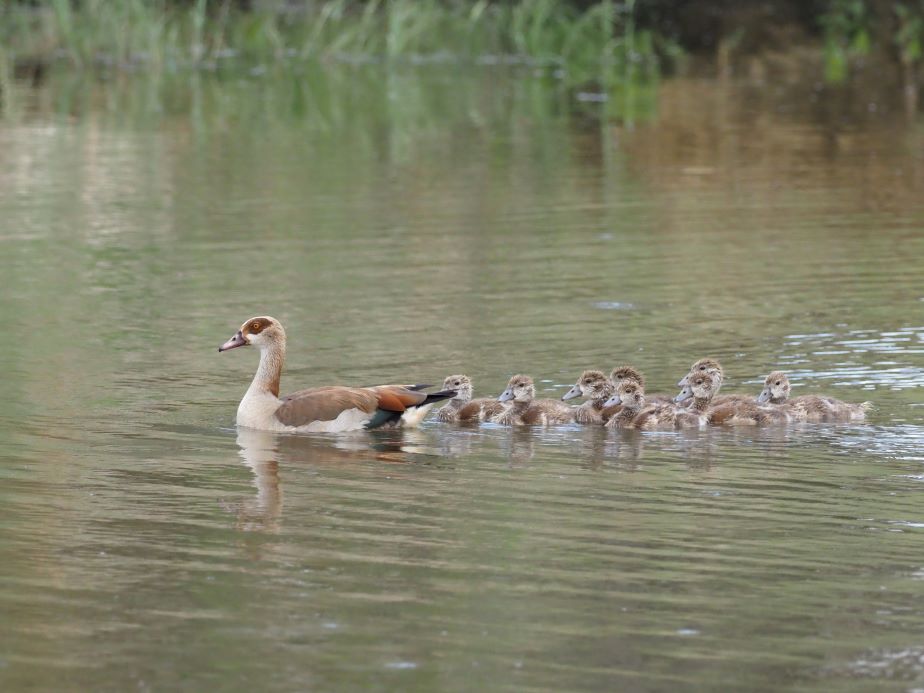
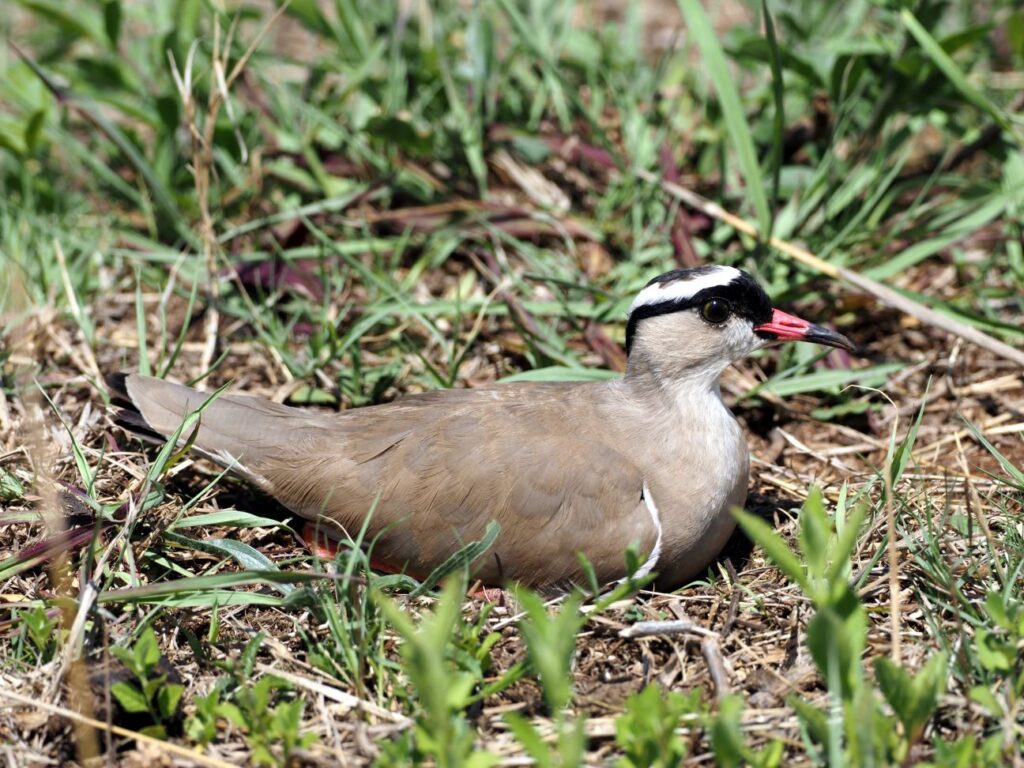
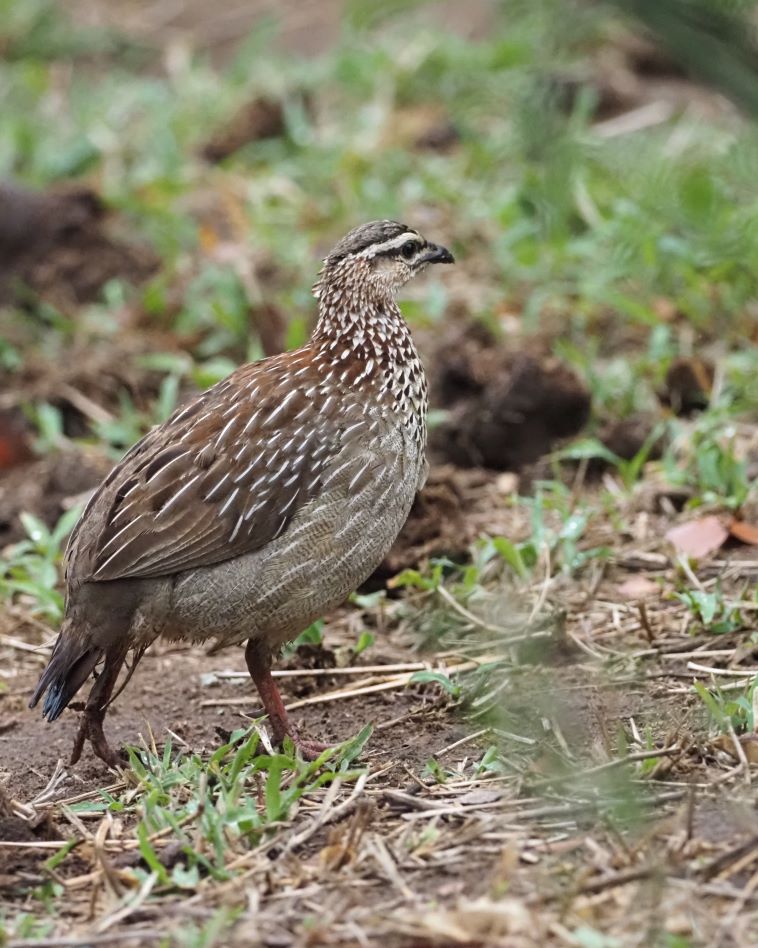
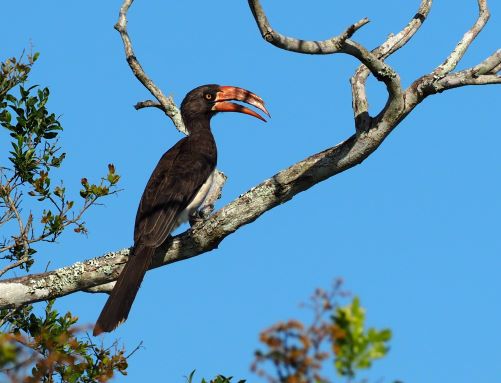

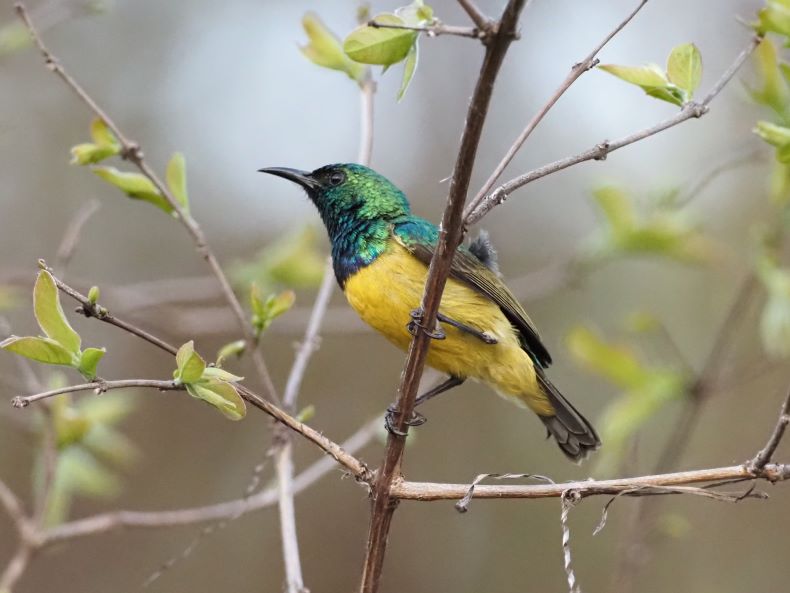
More Mammals
